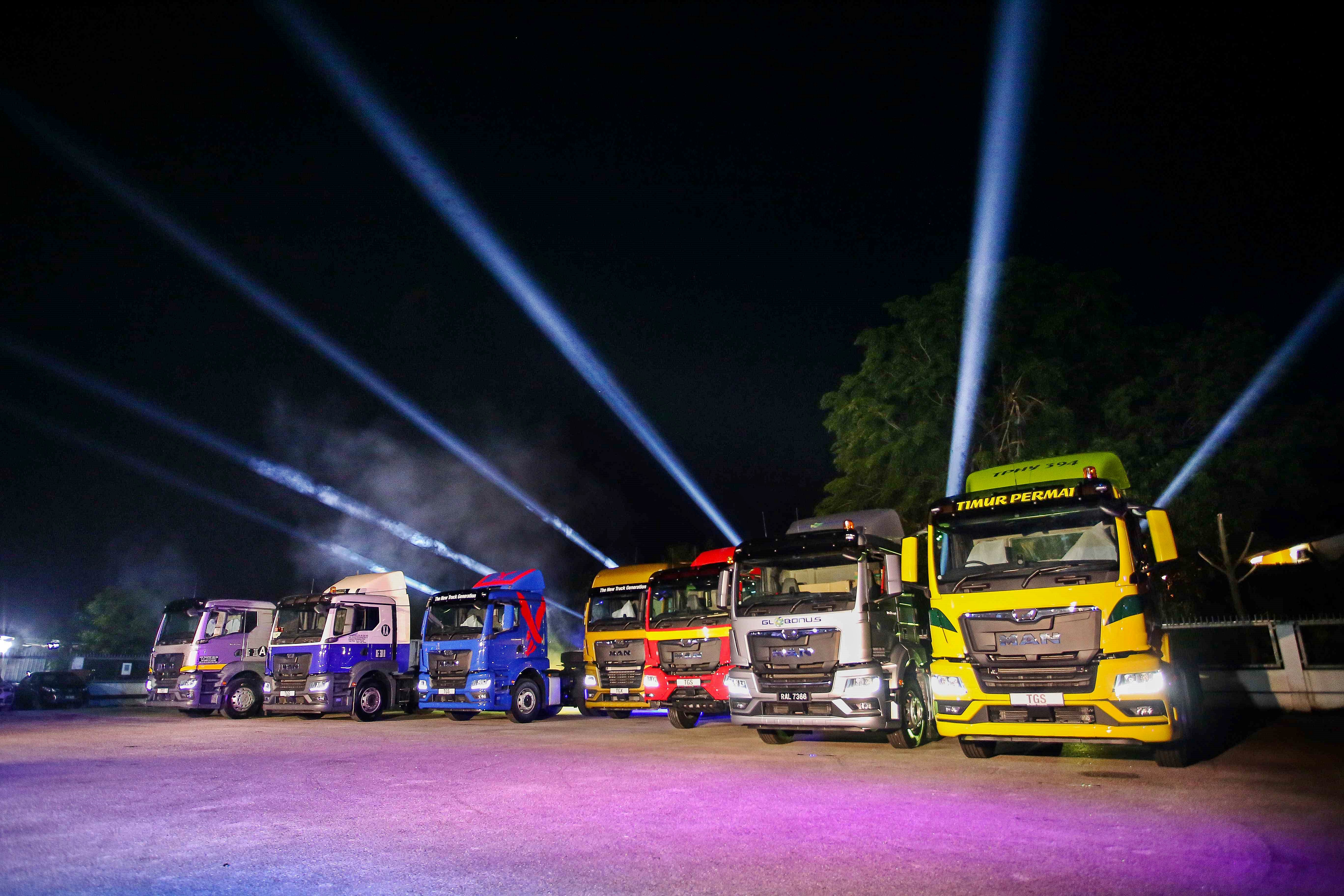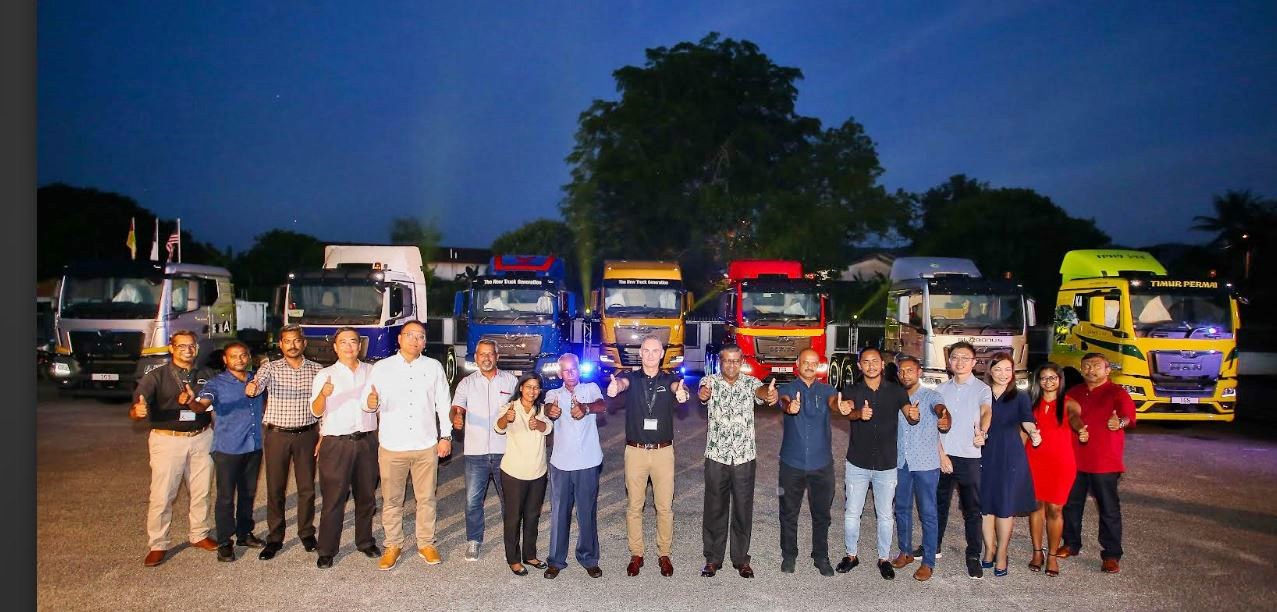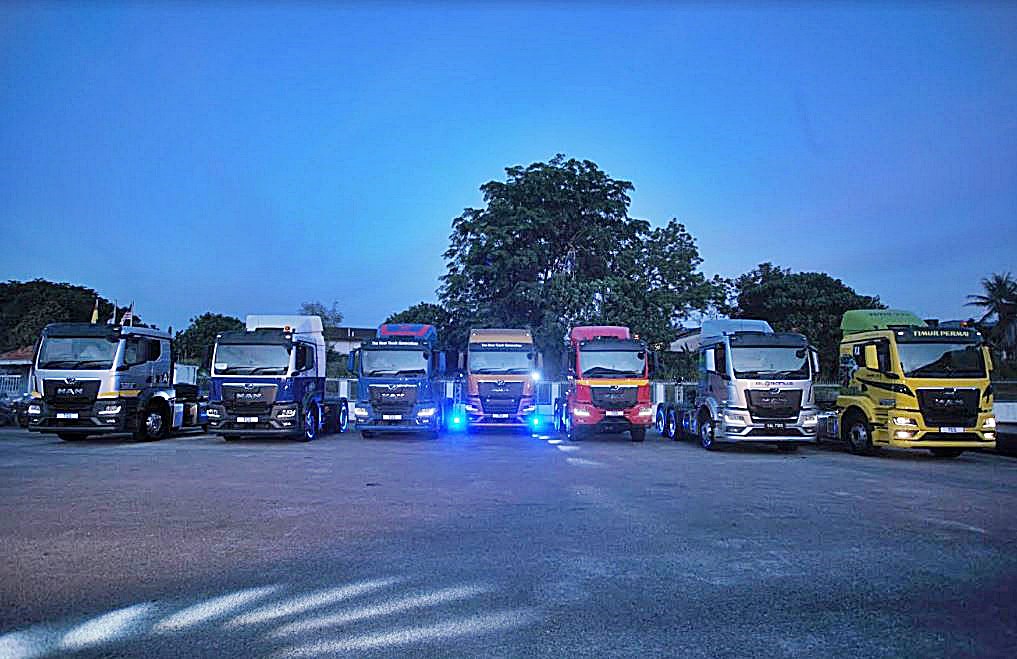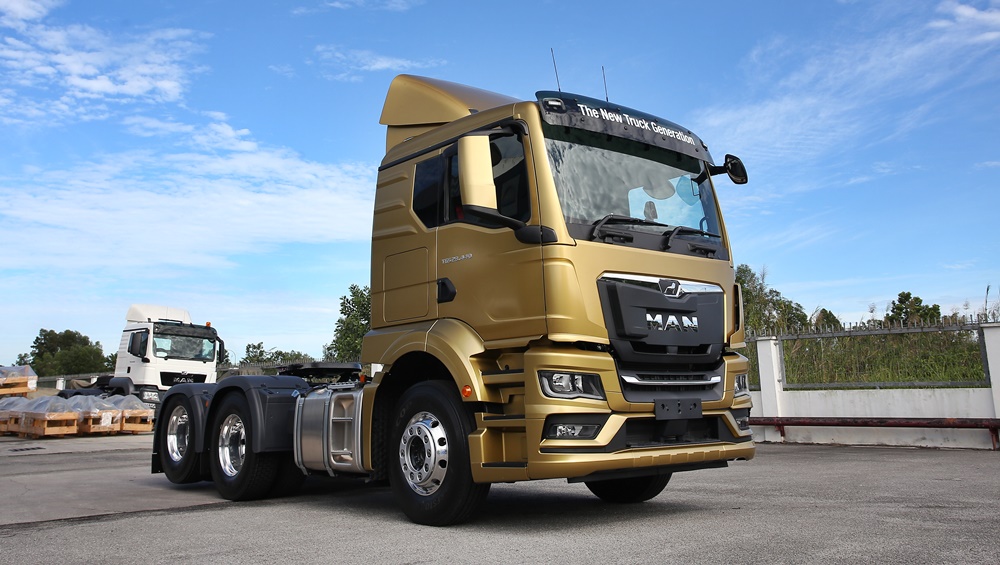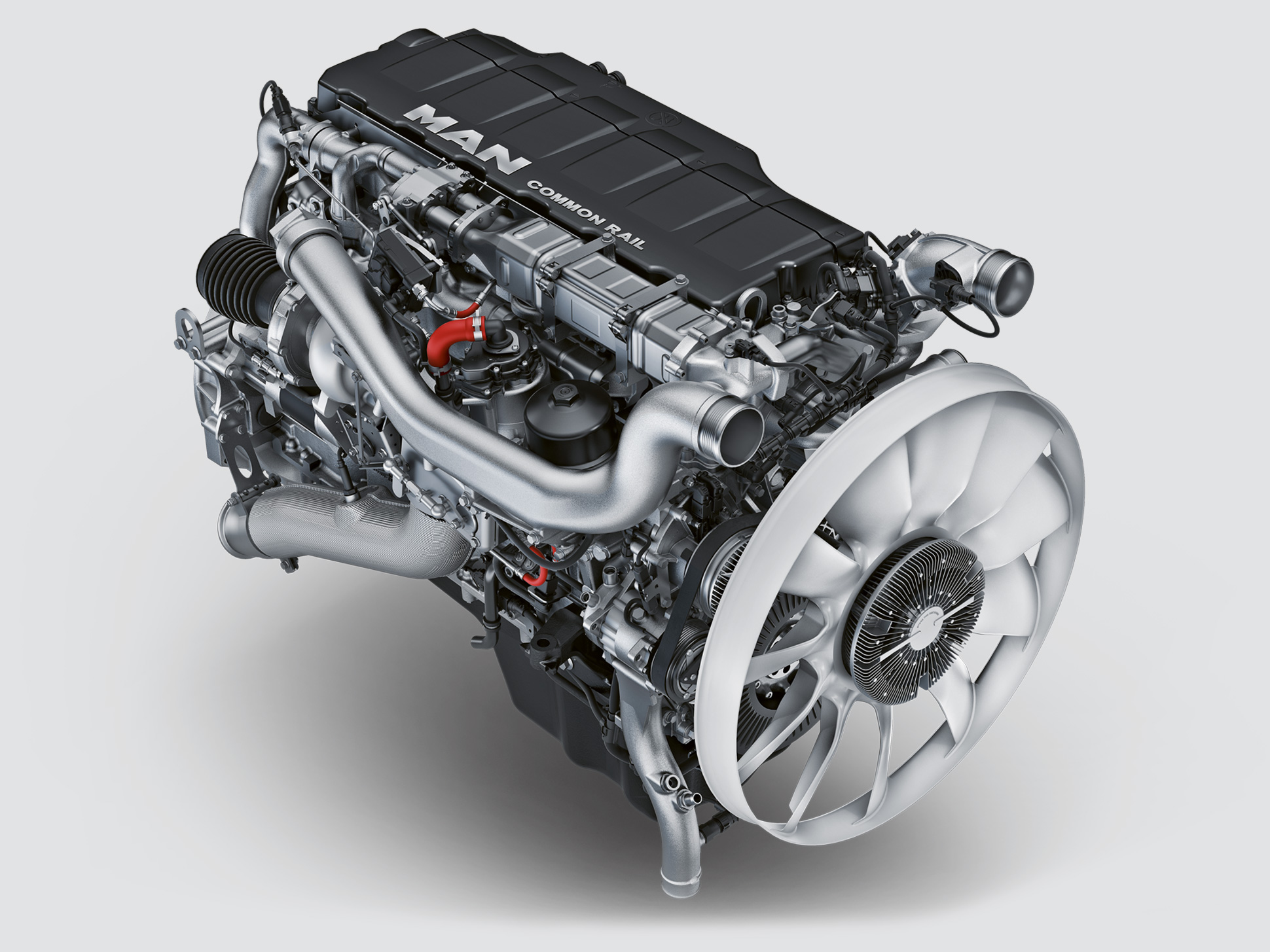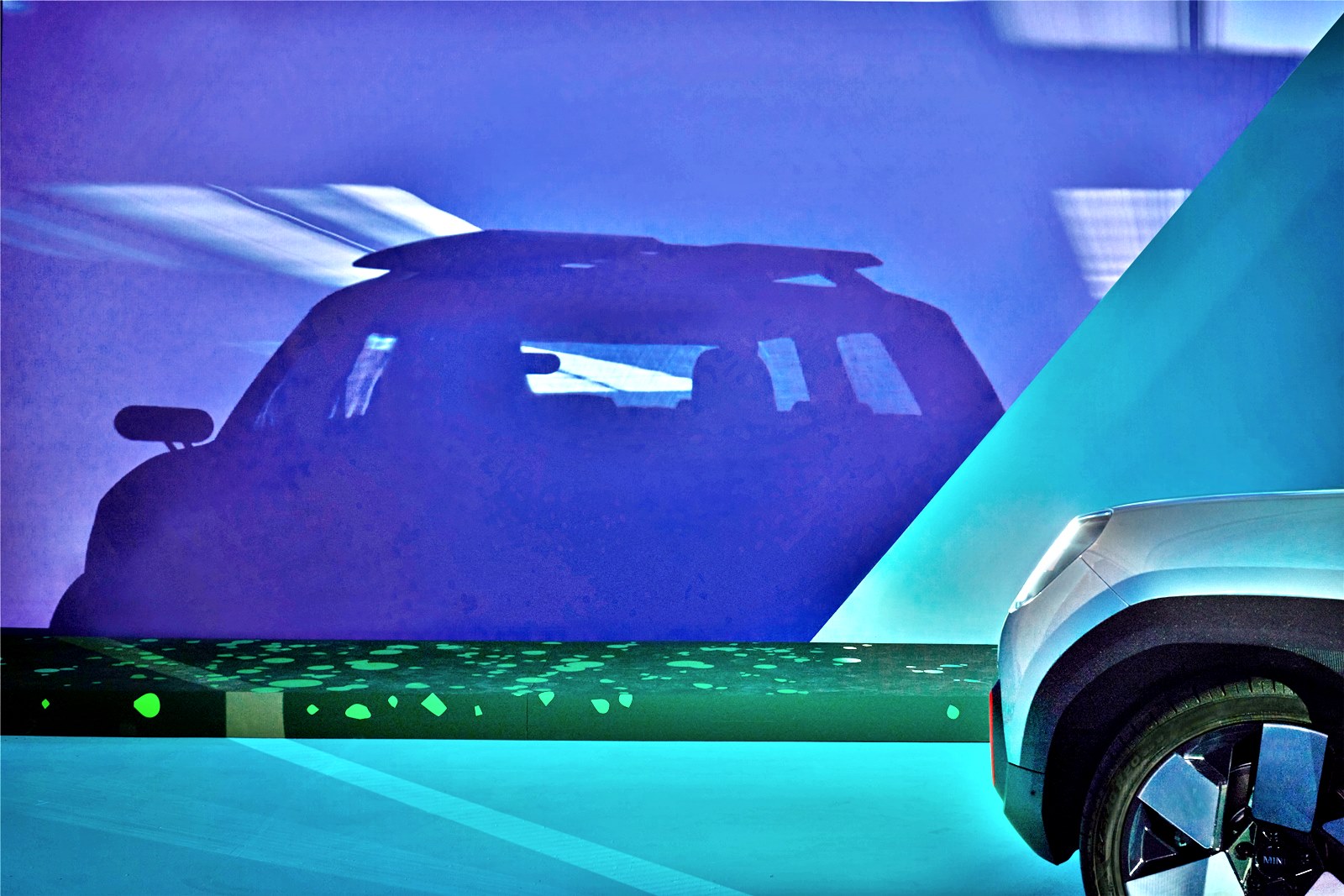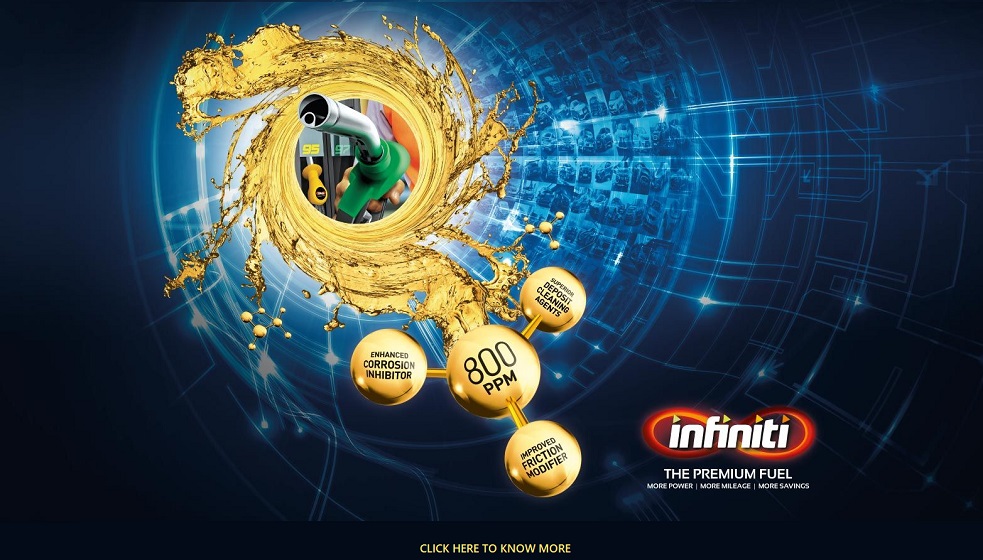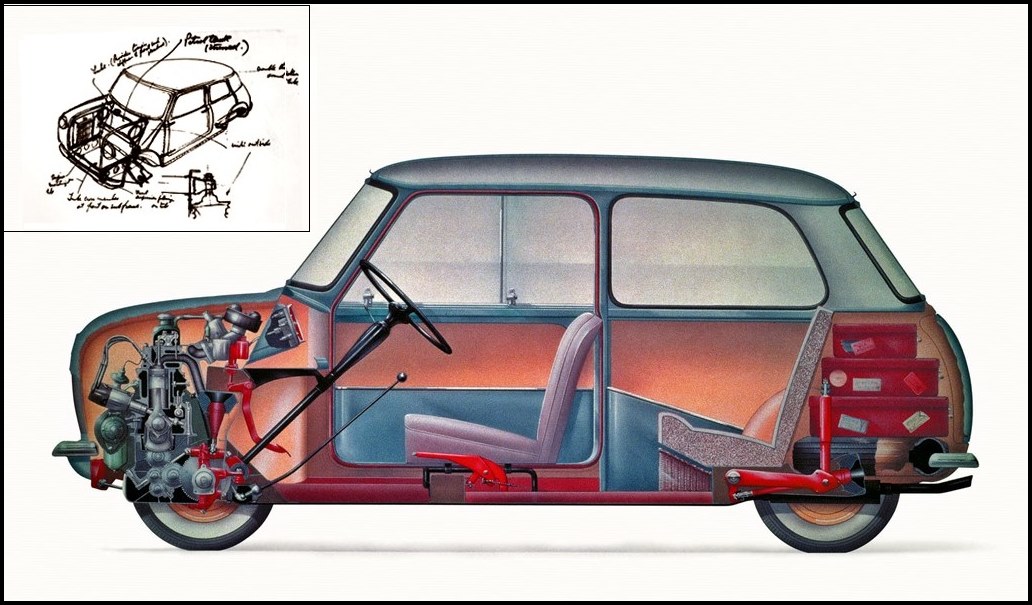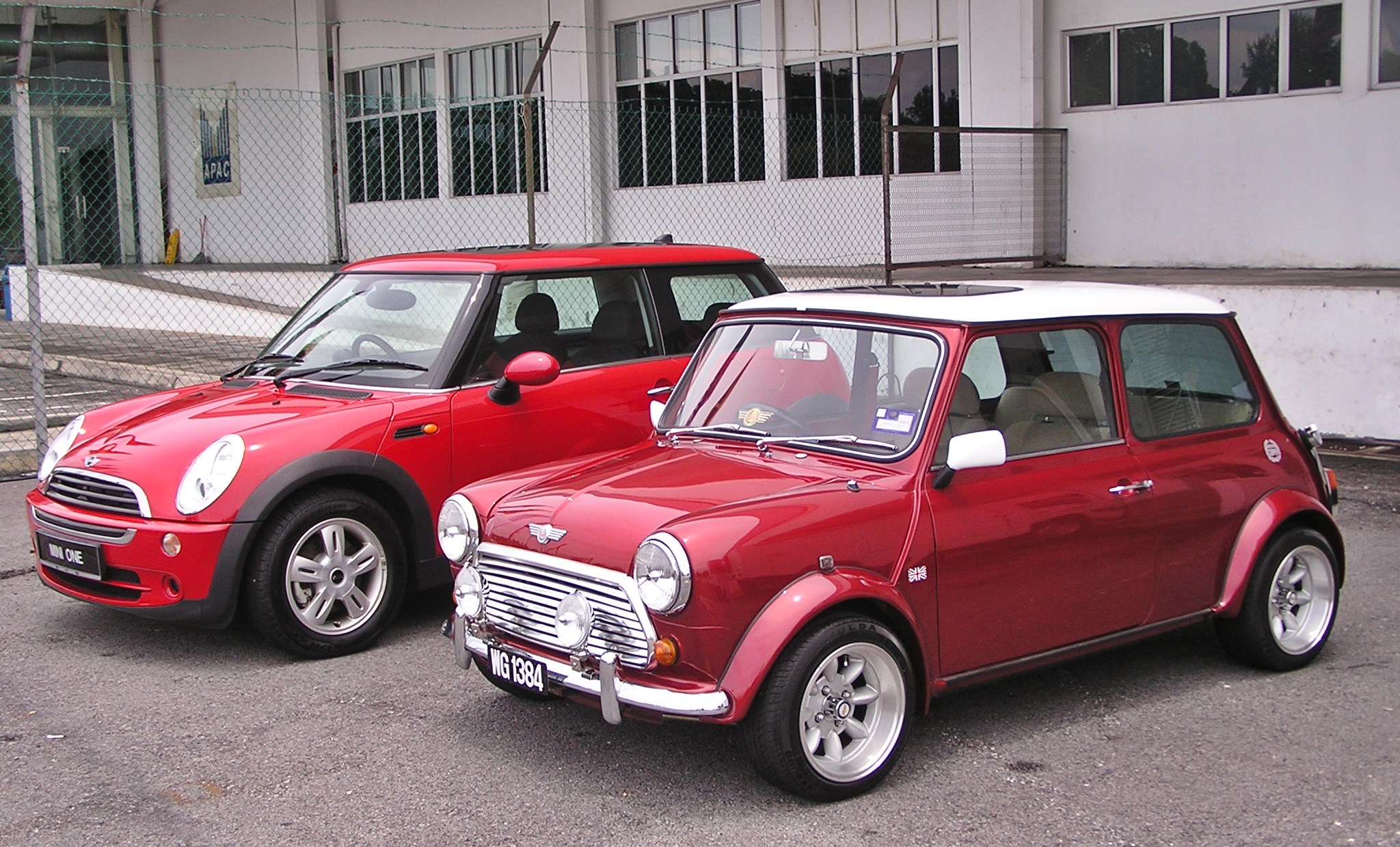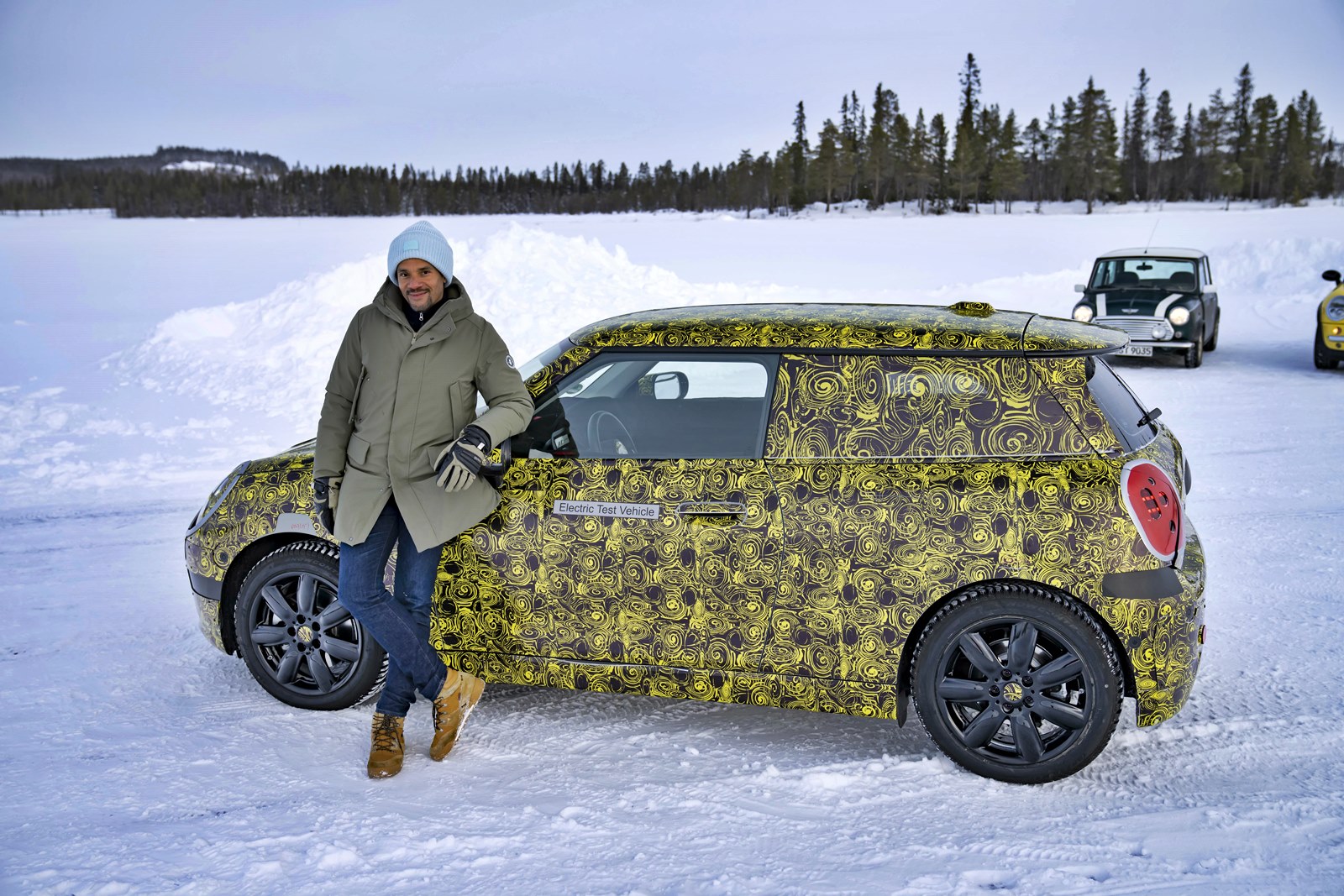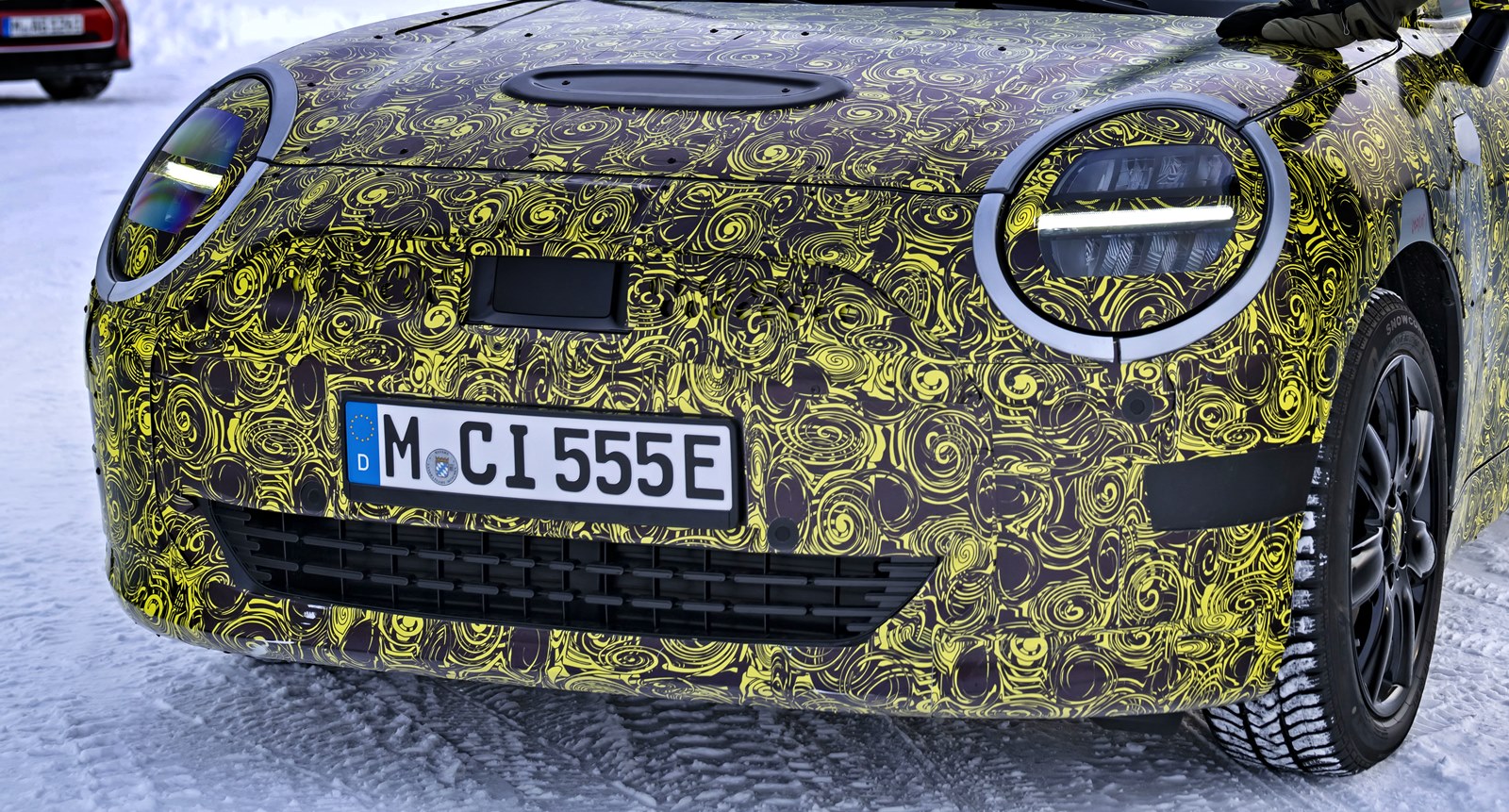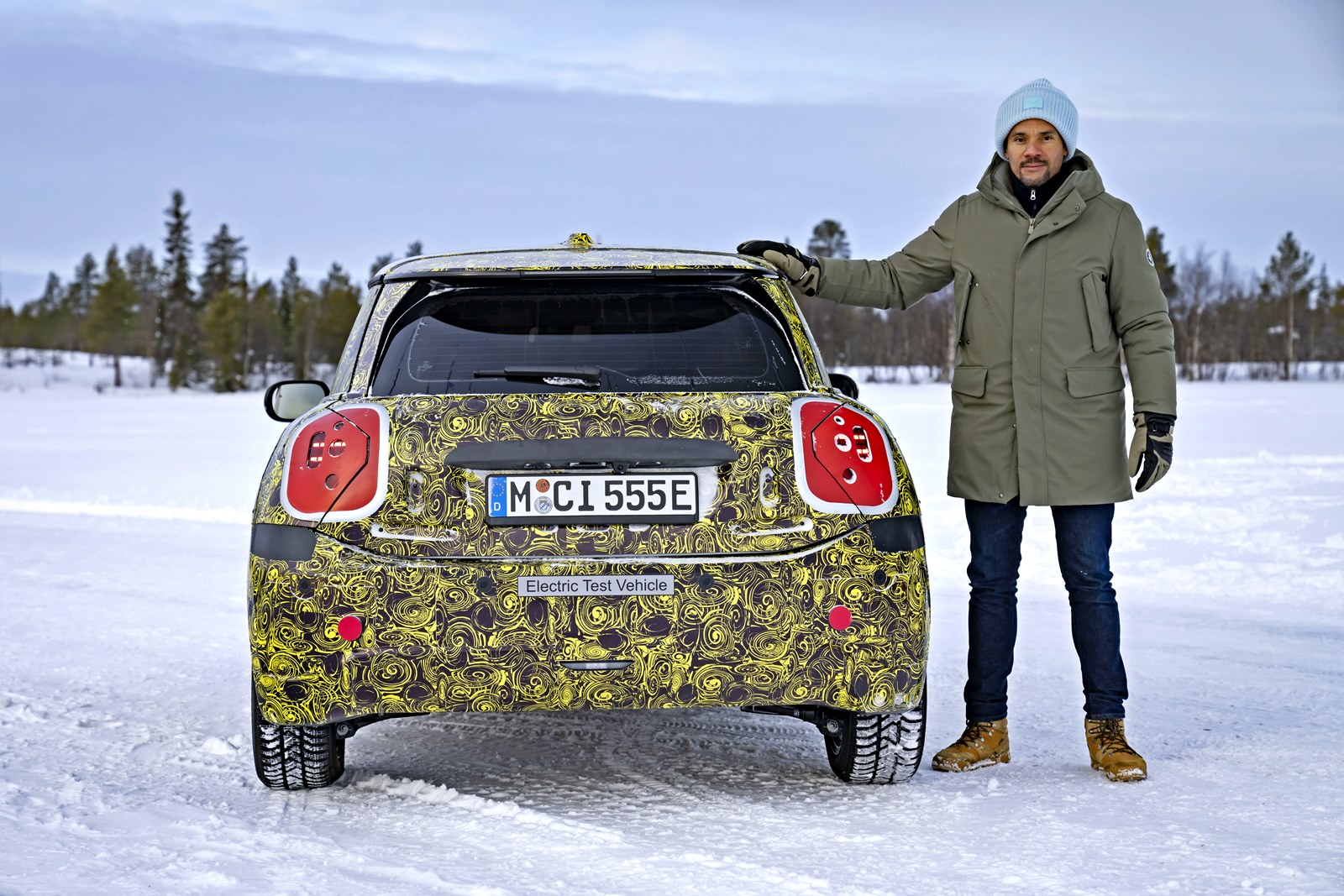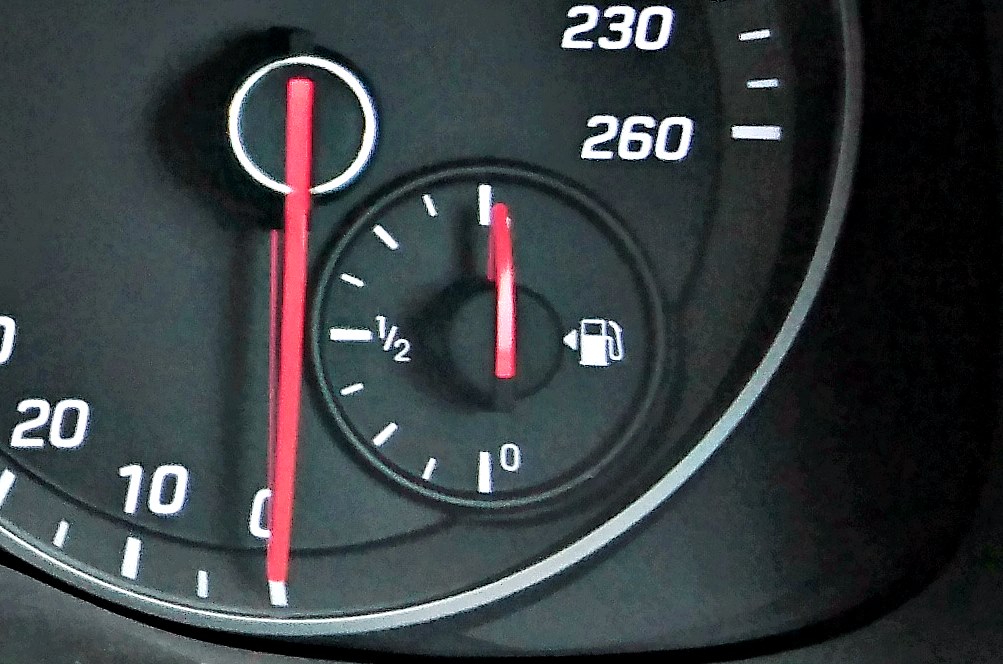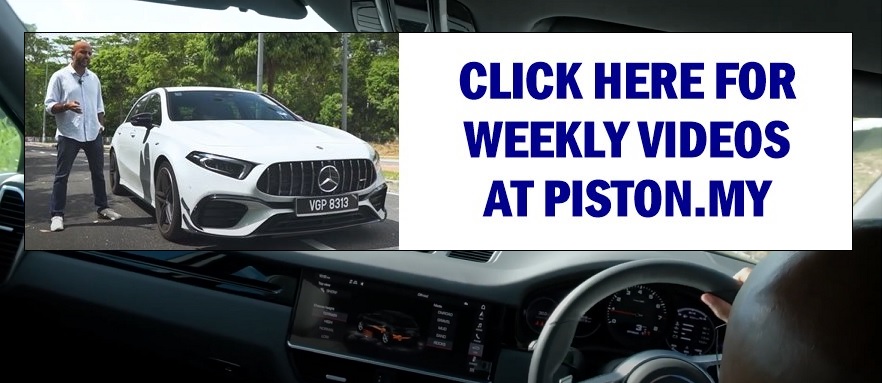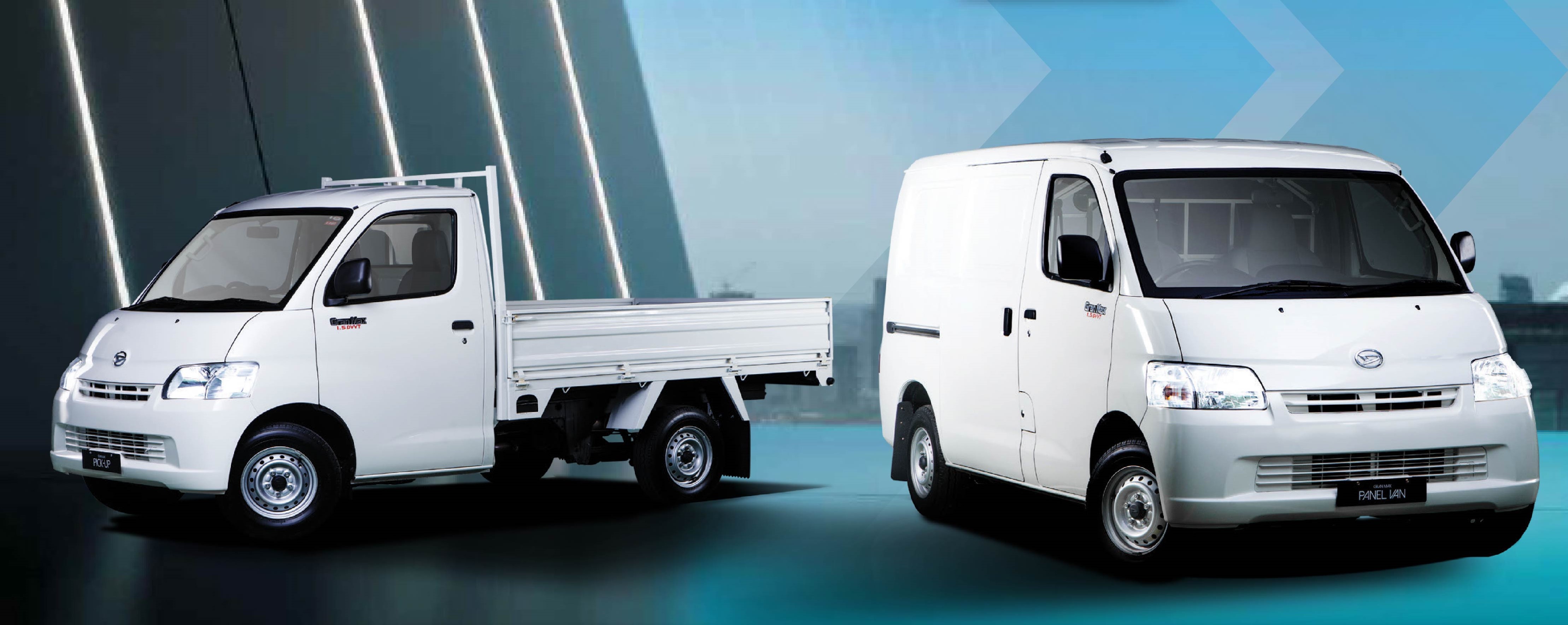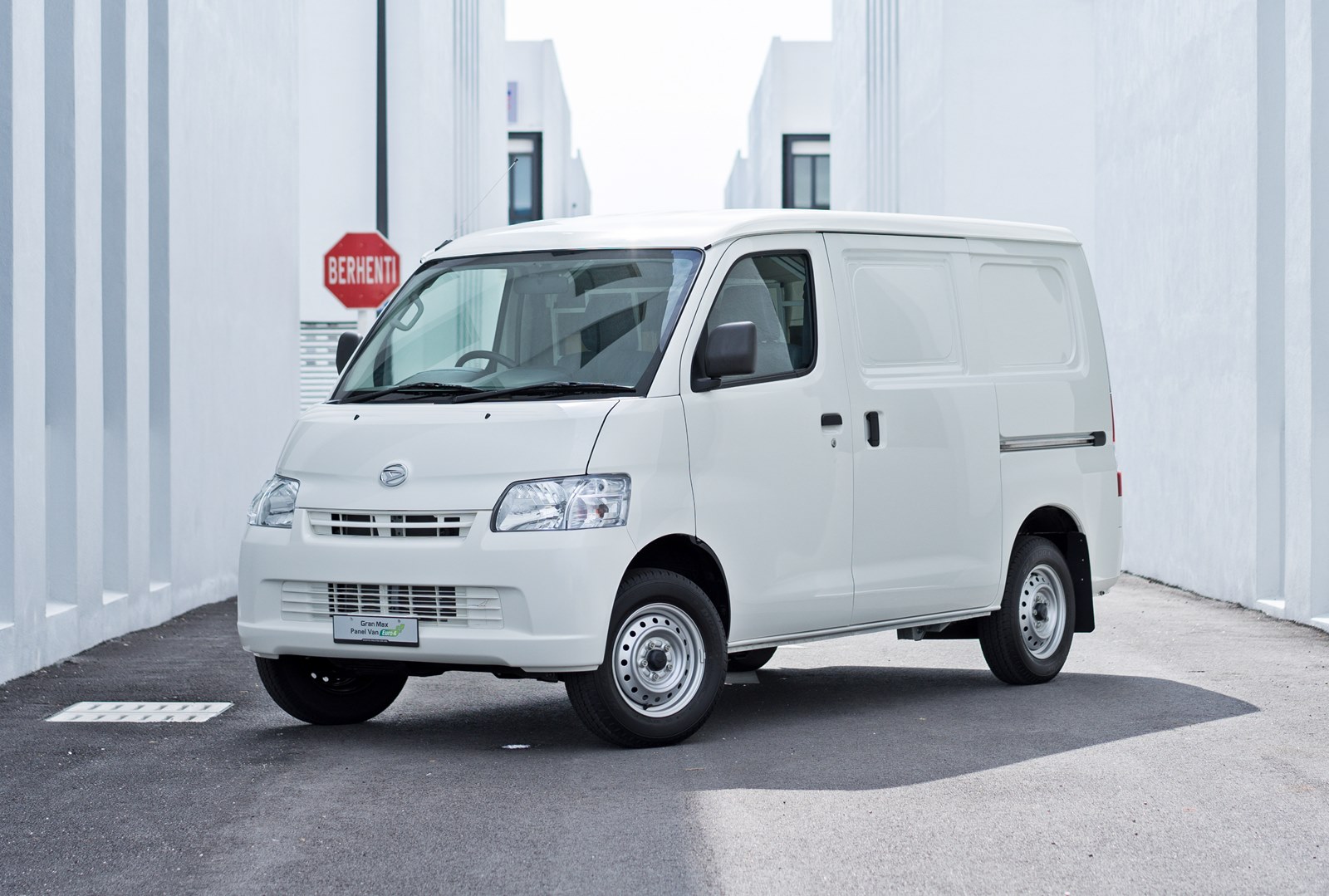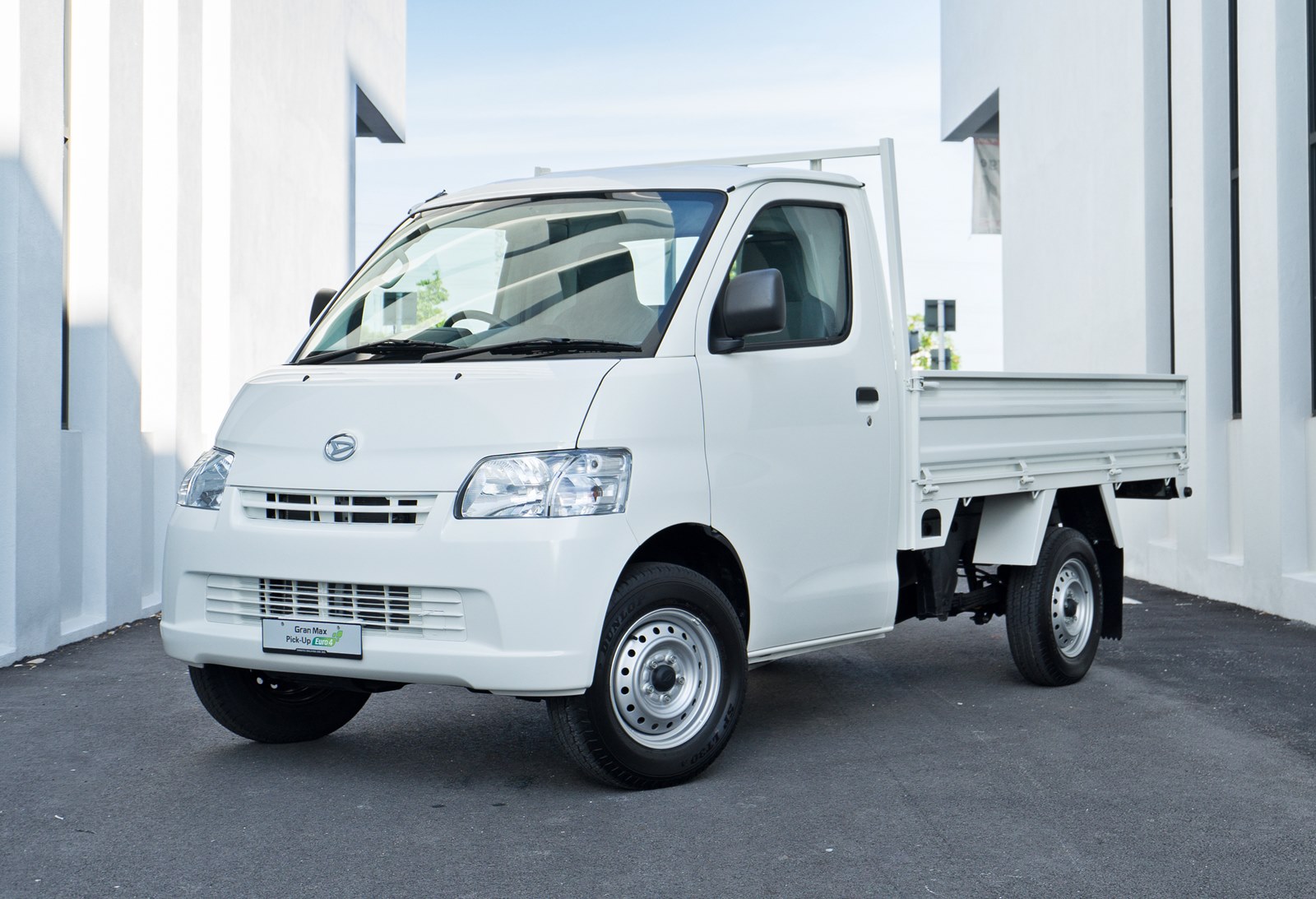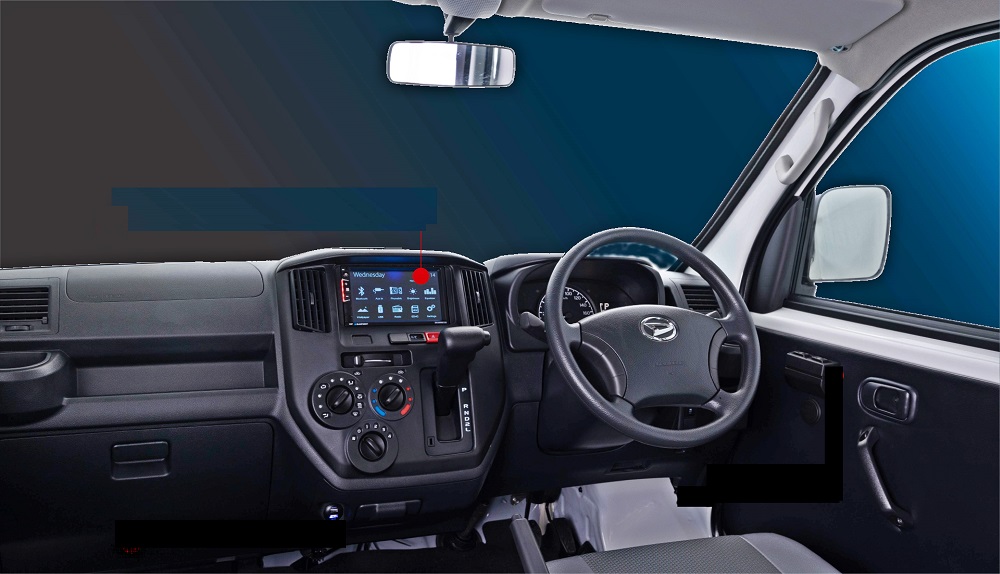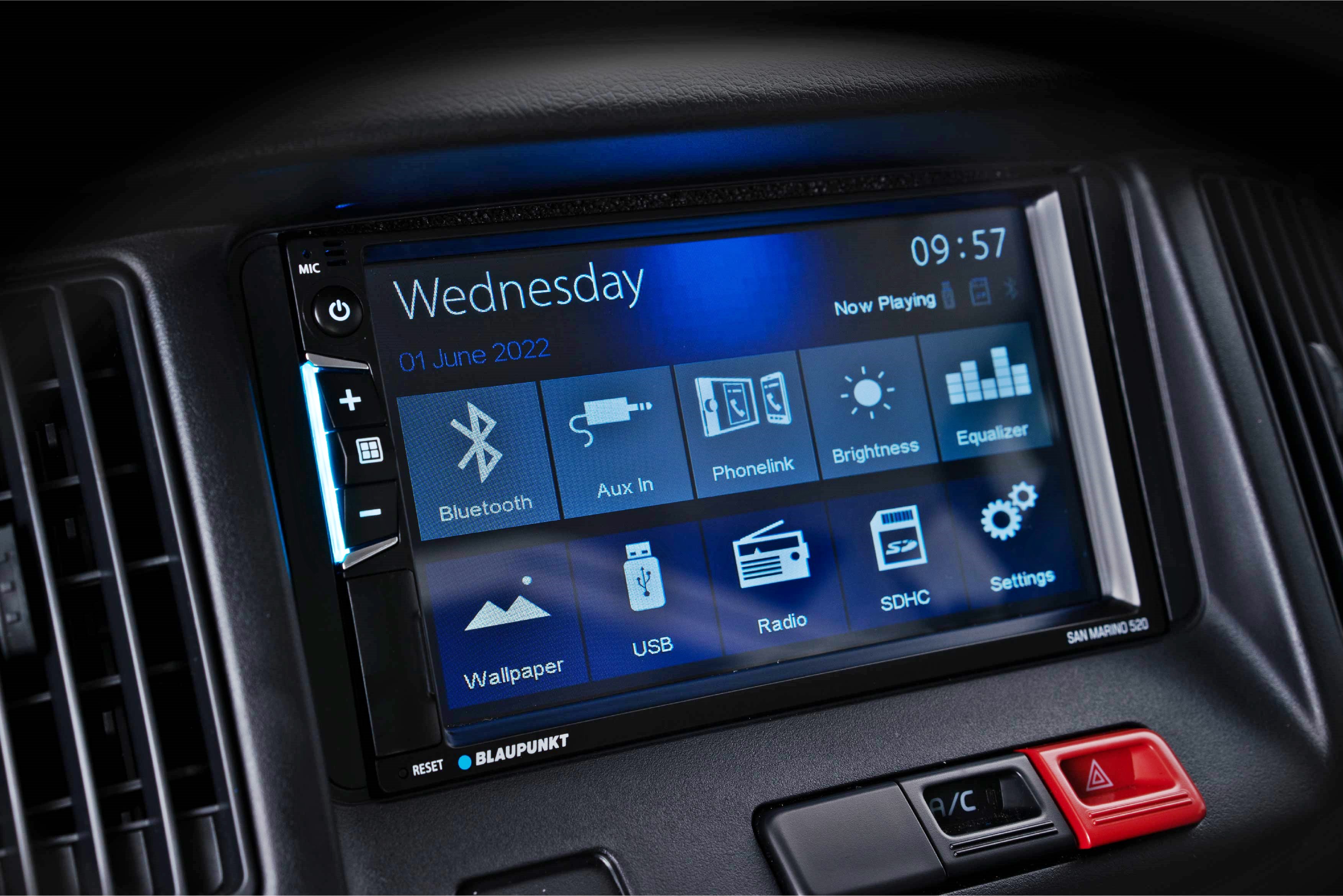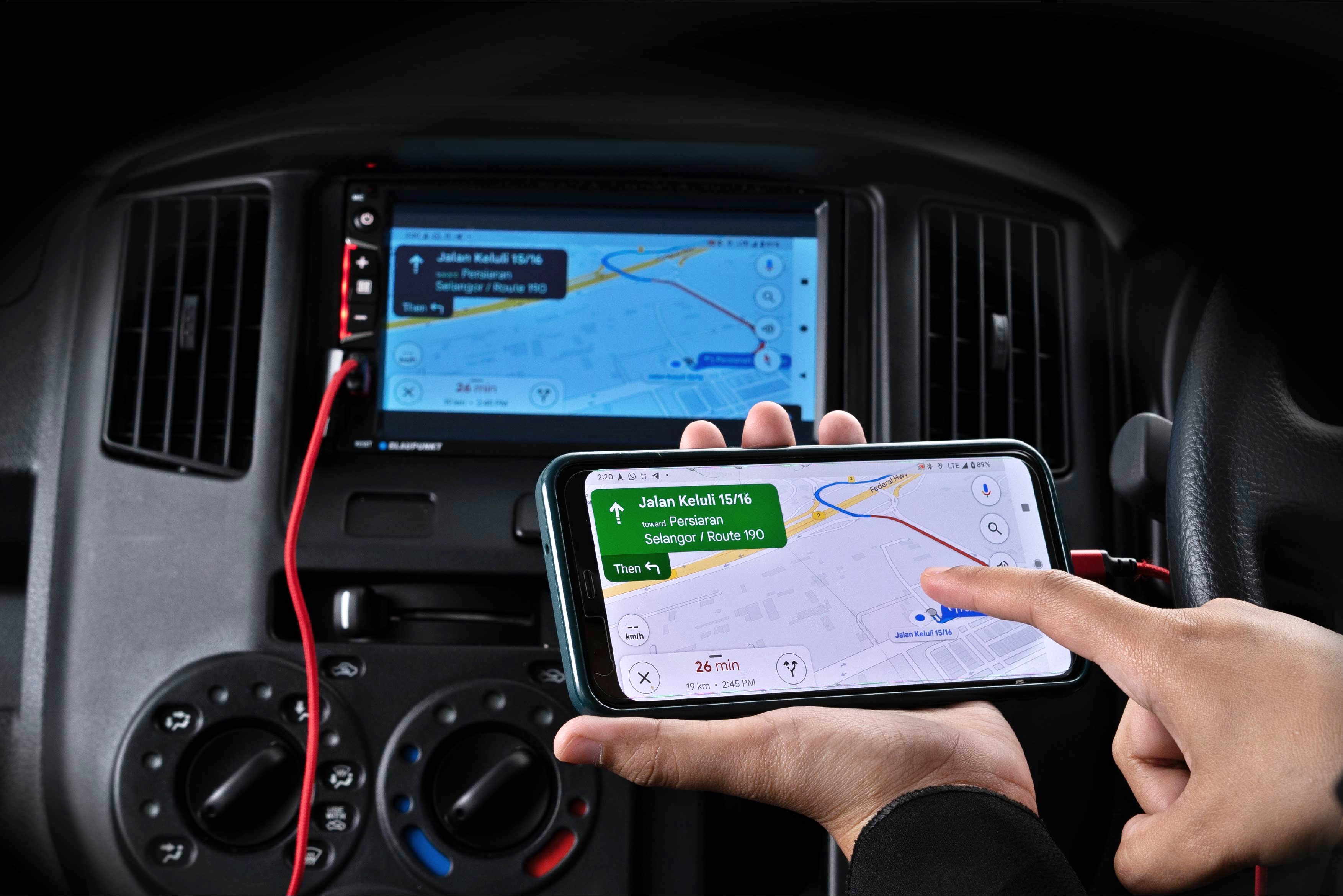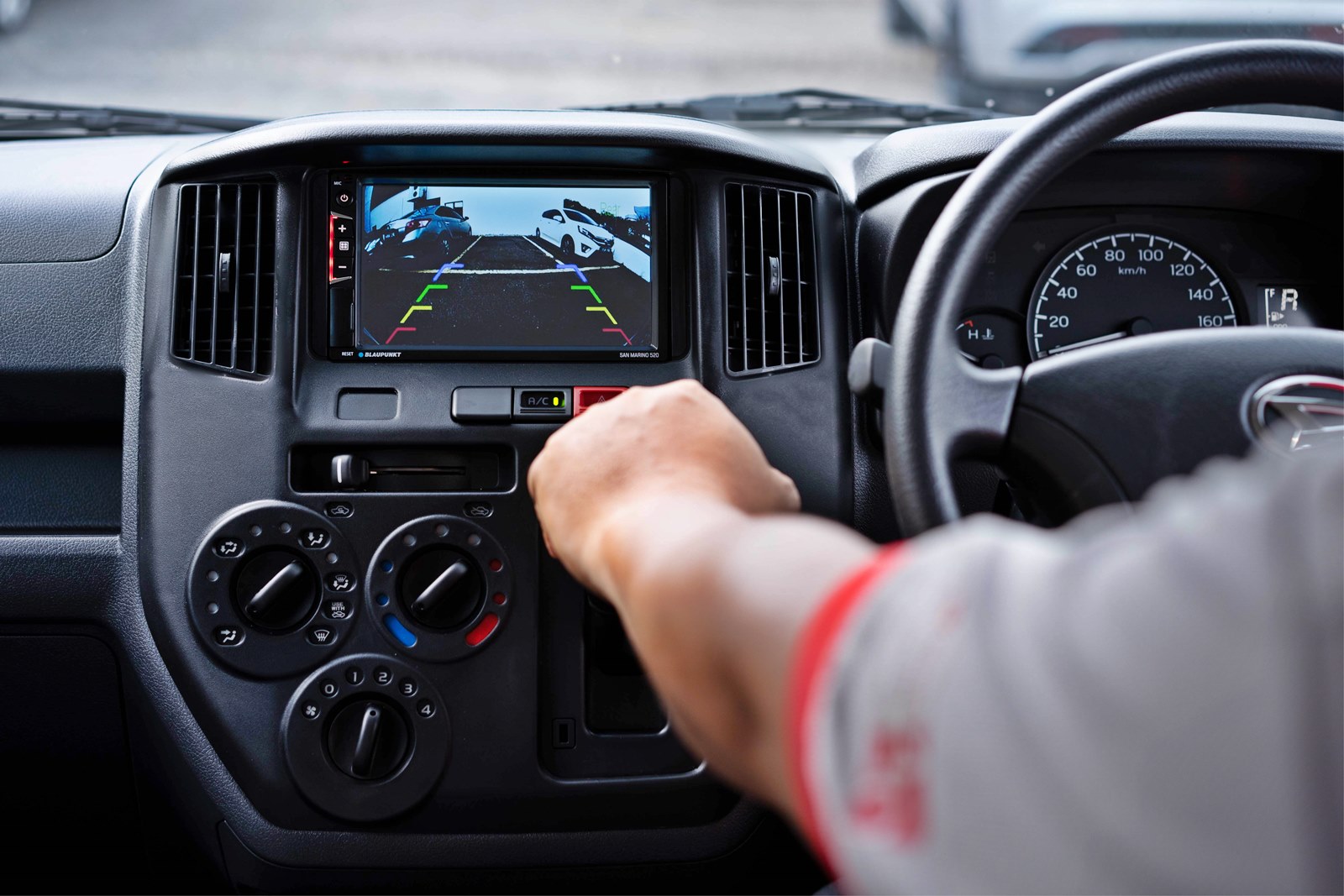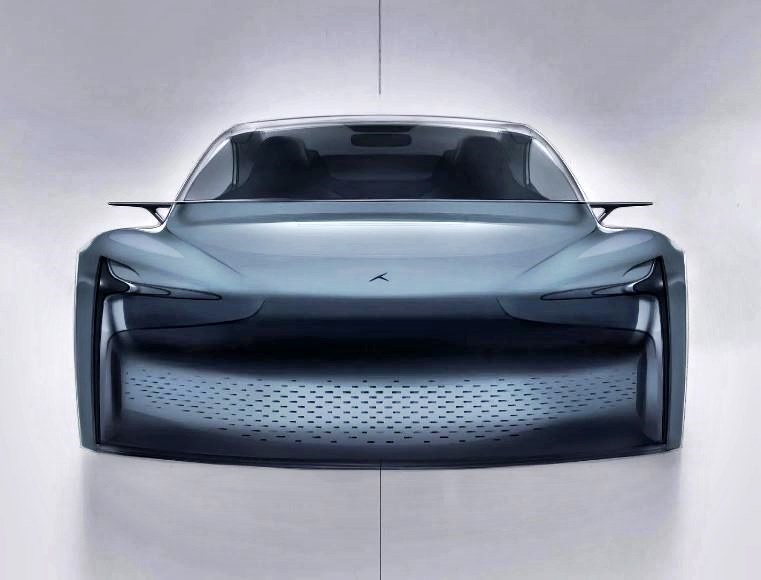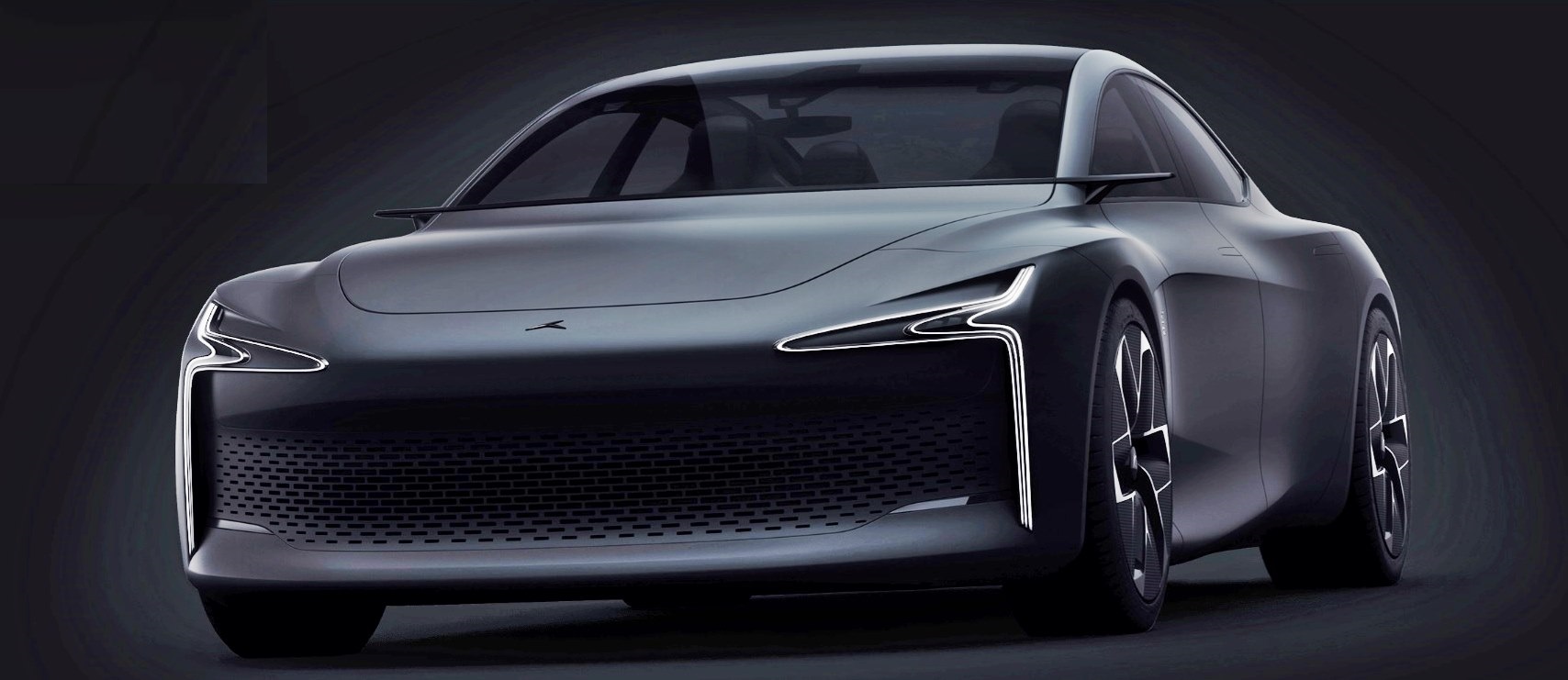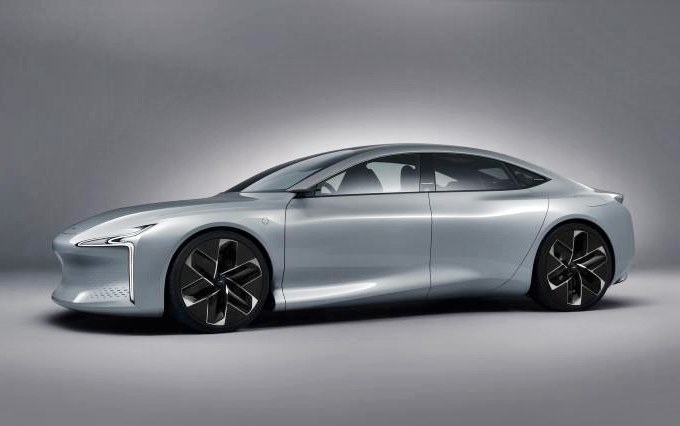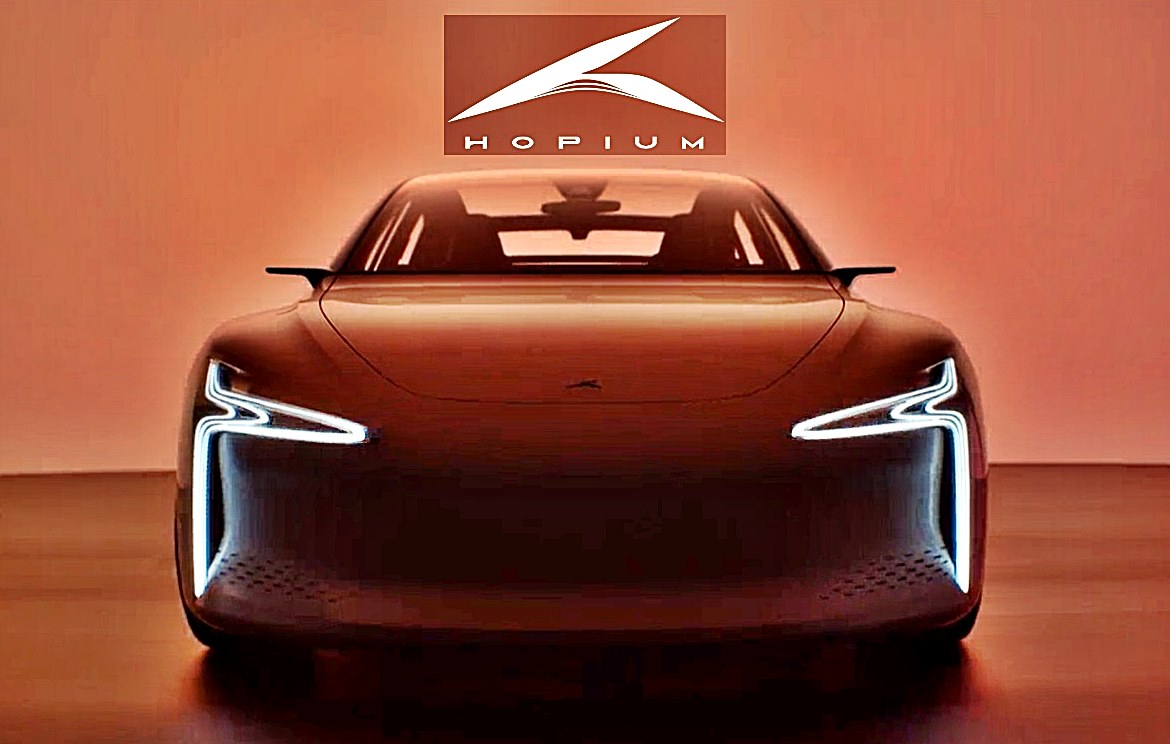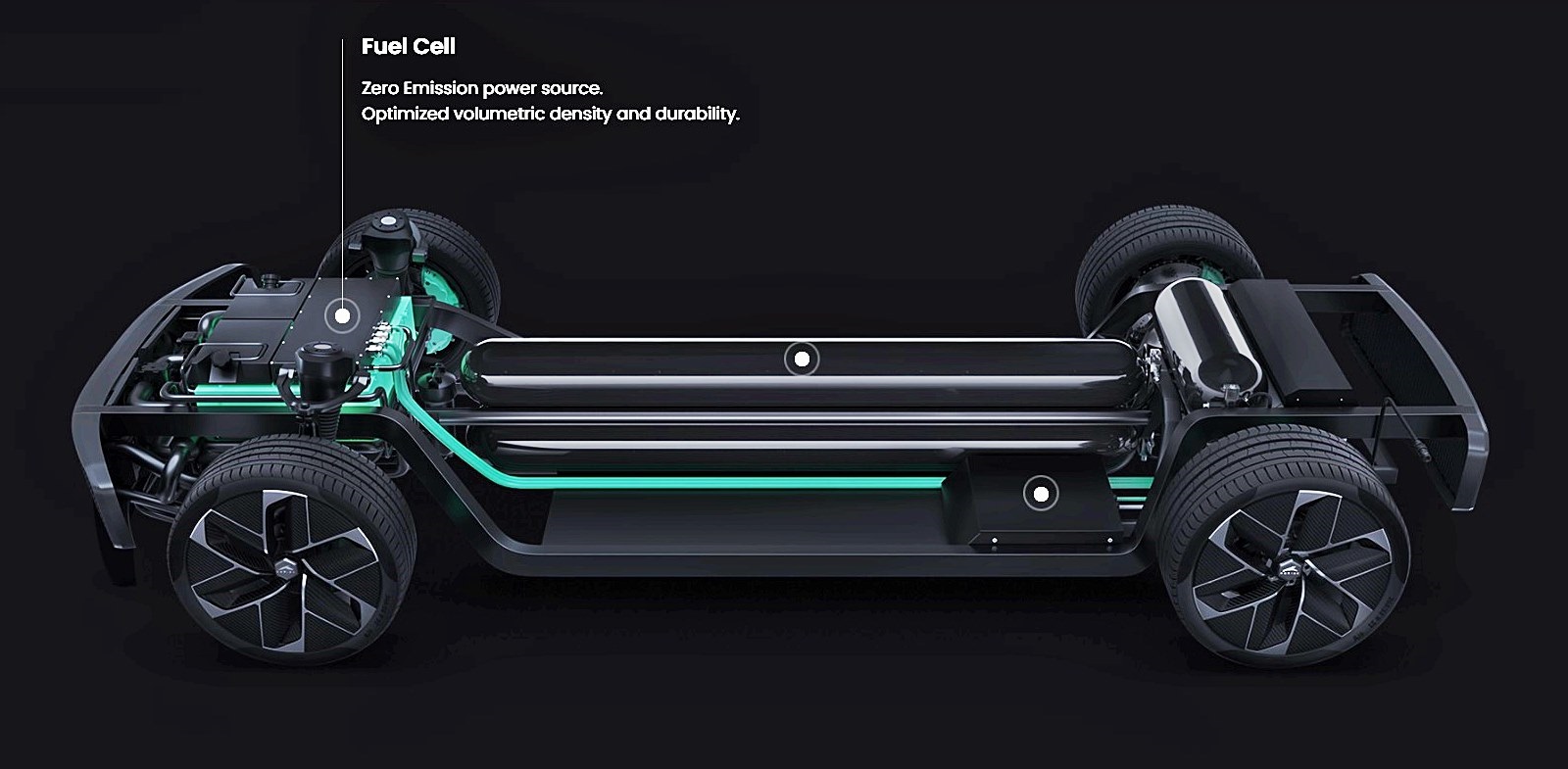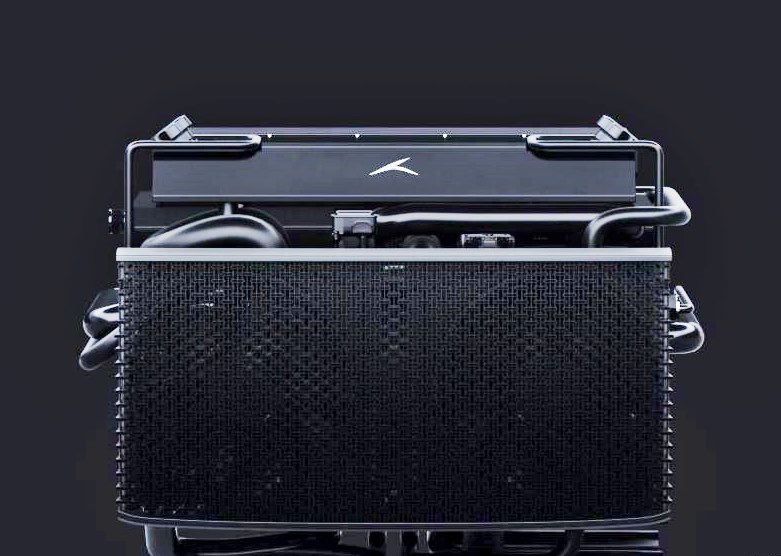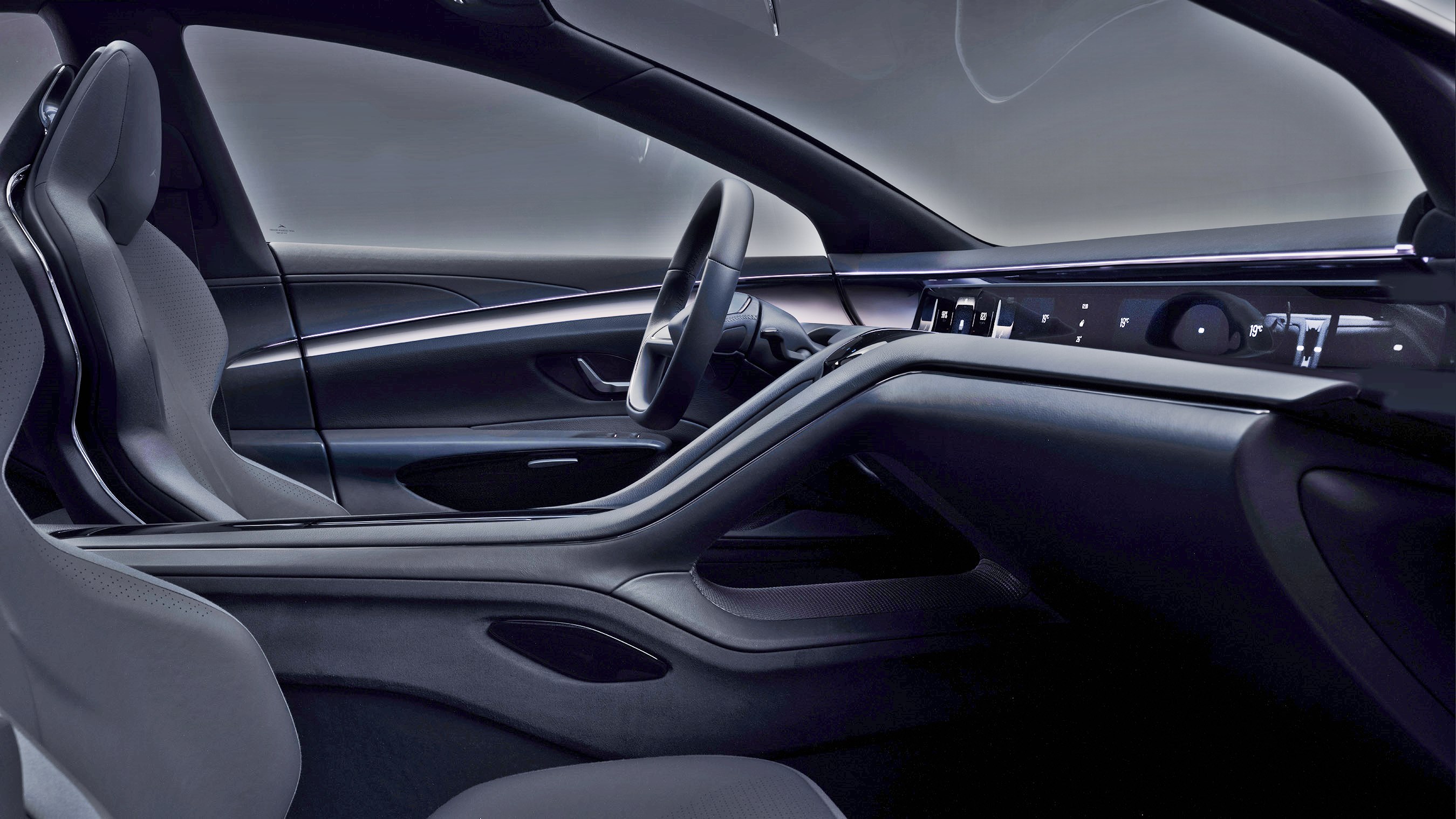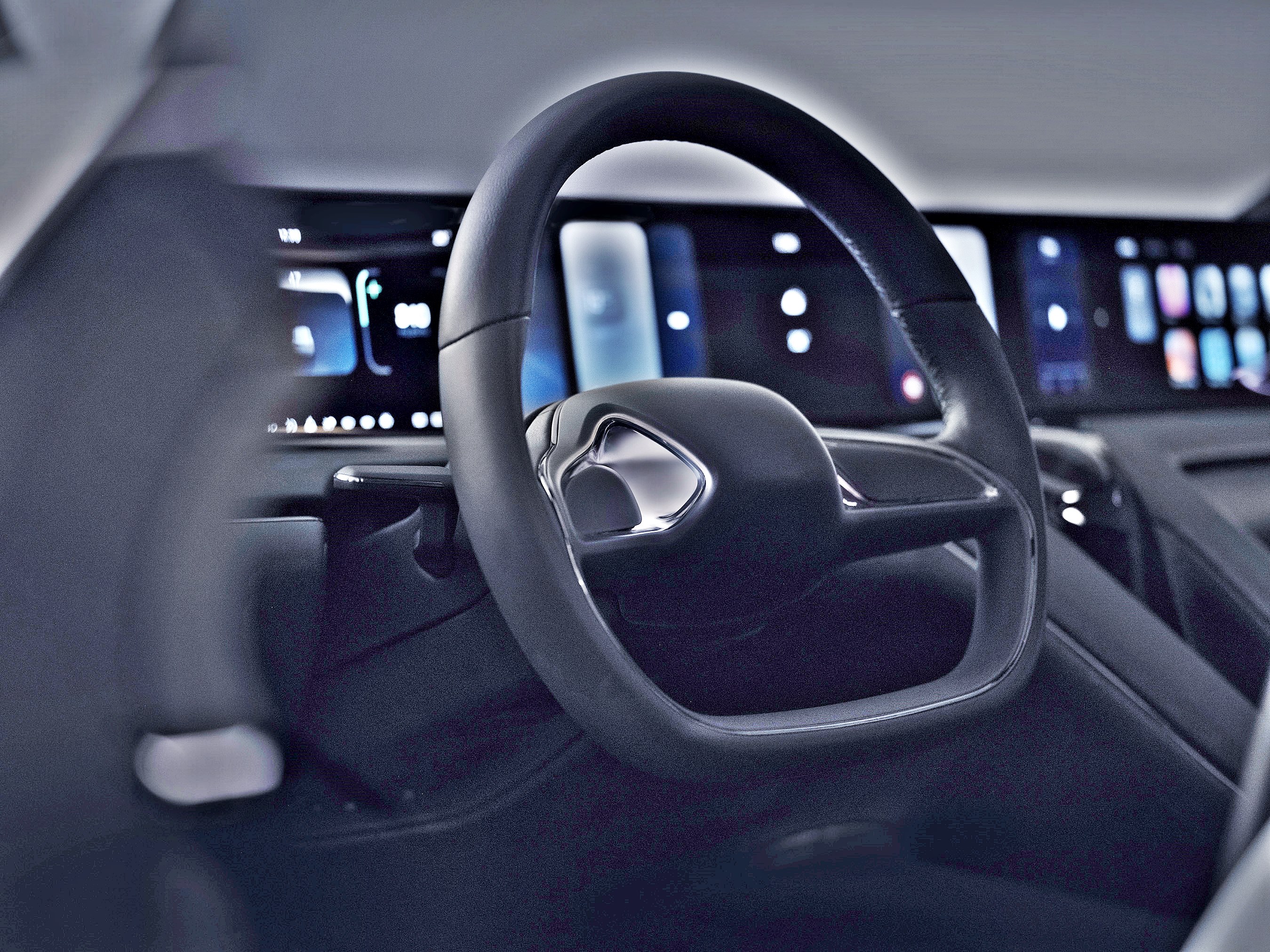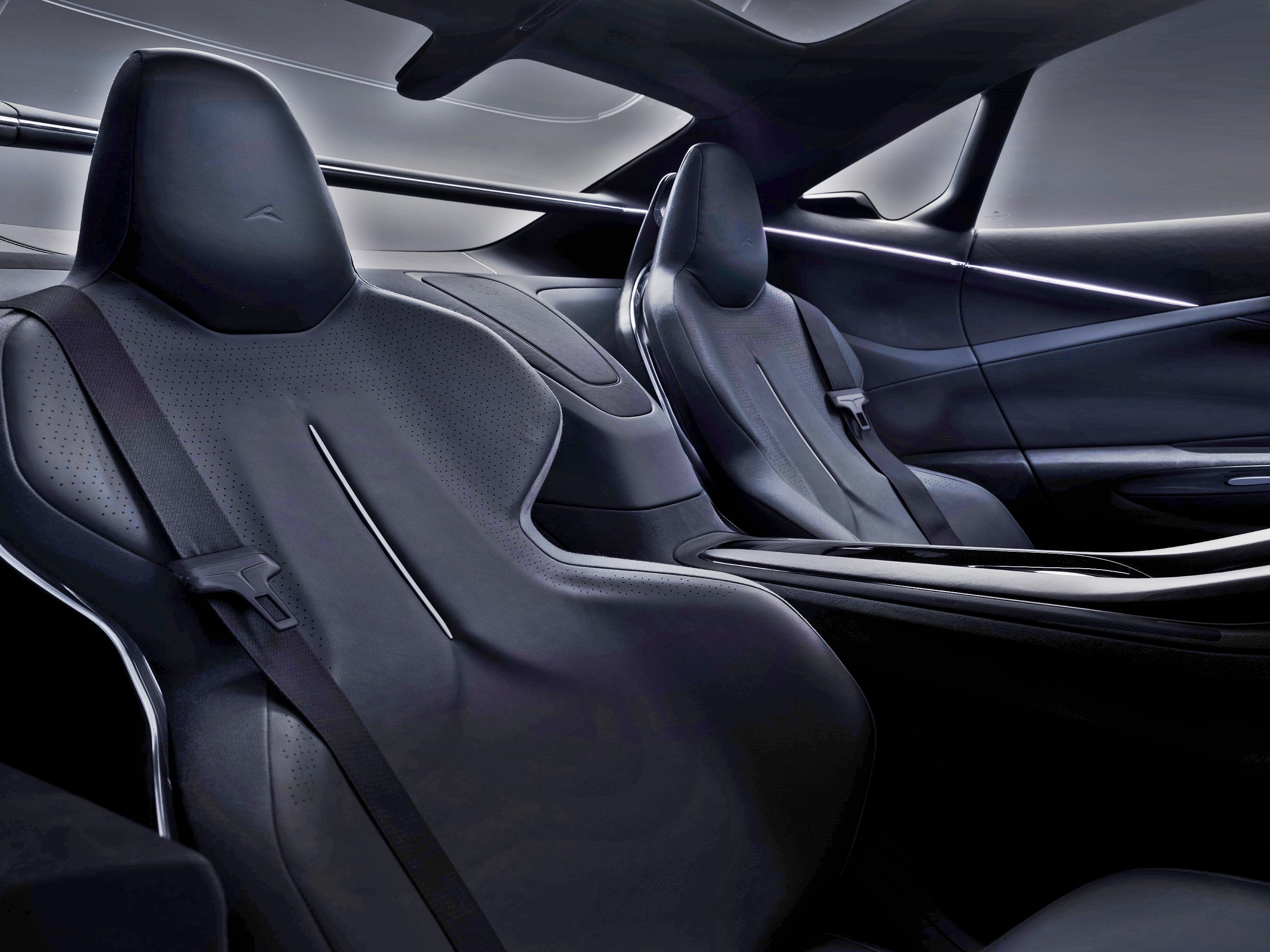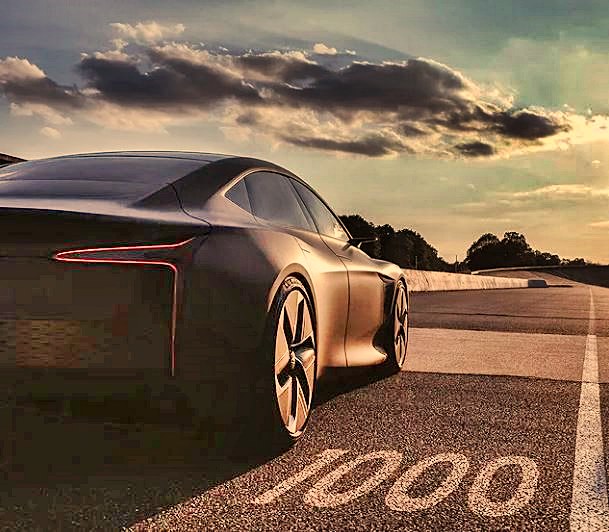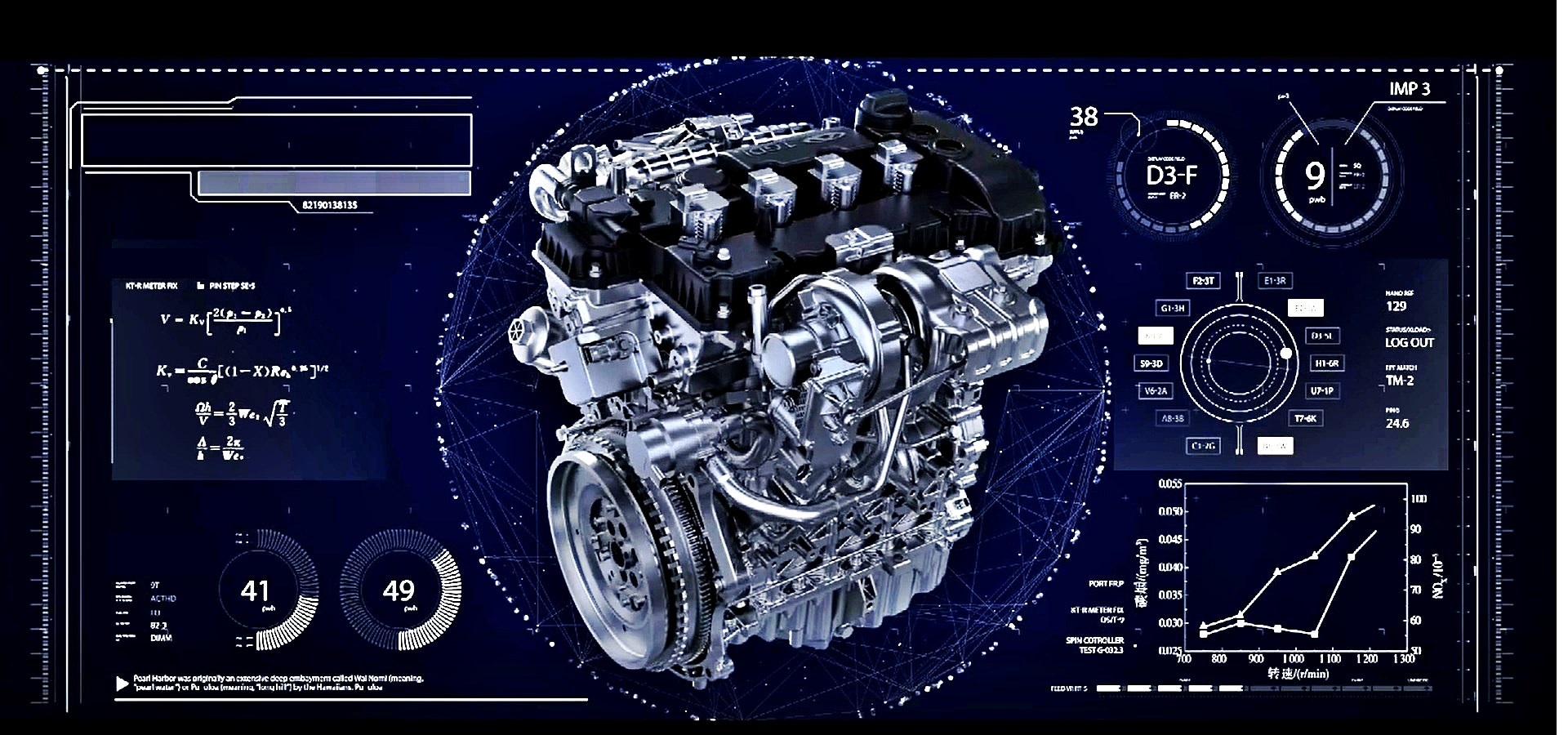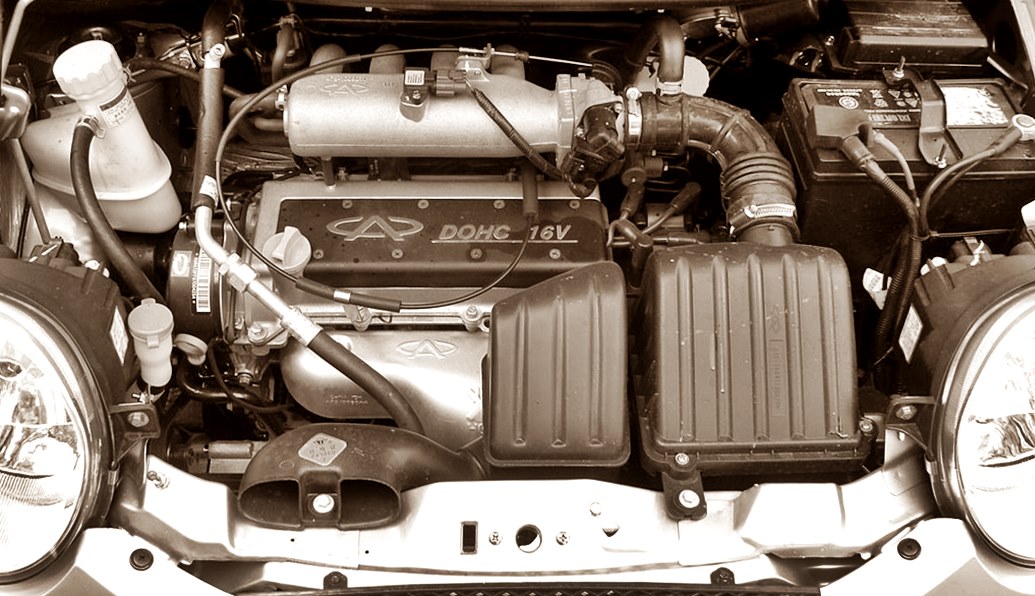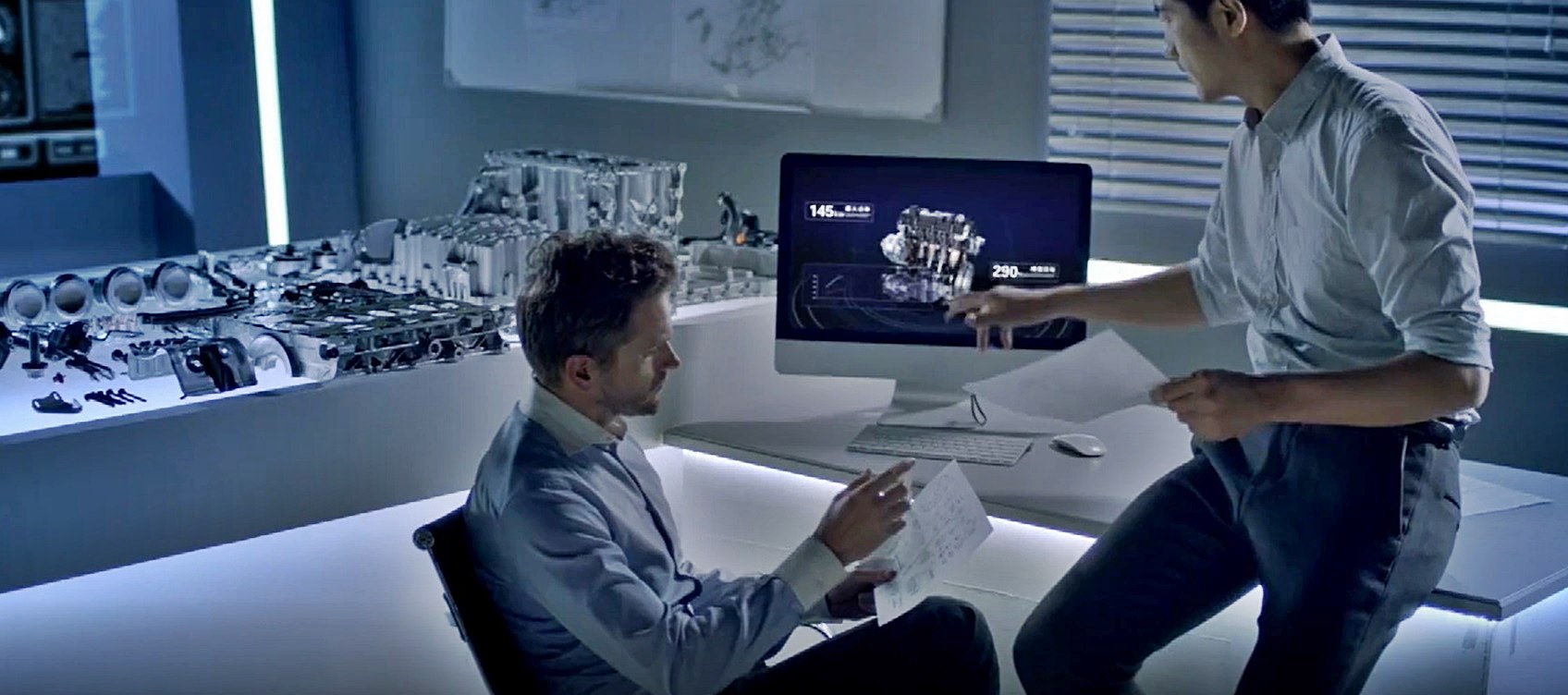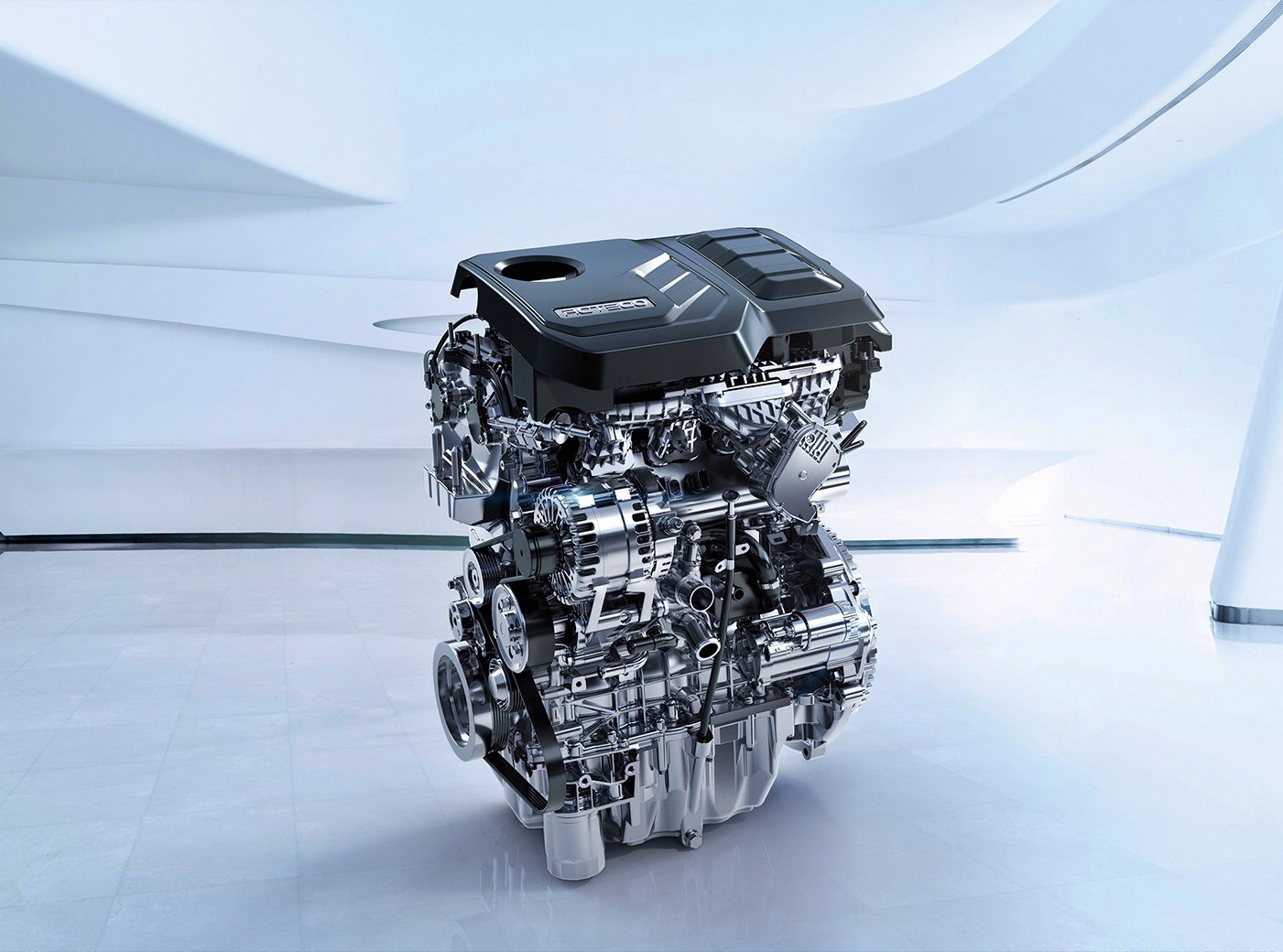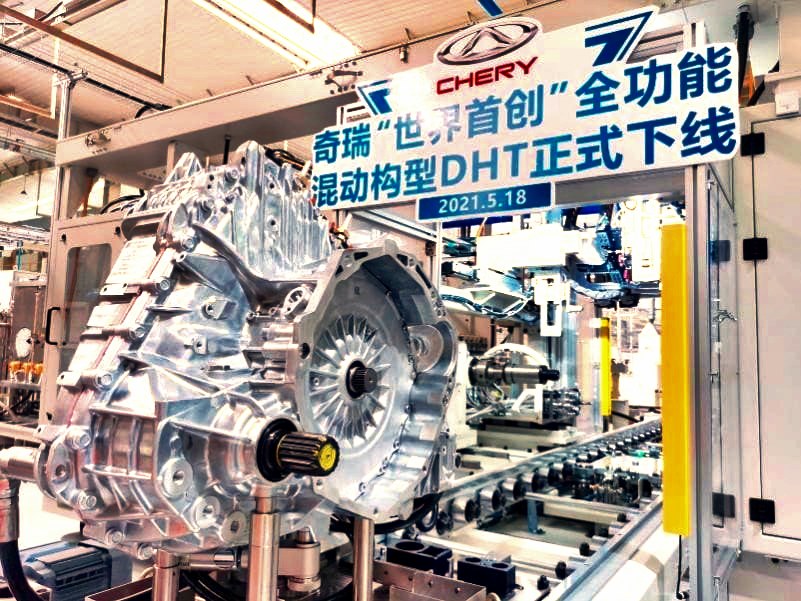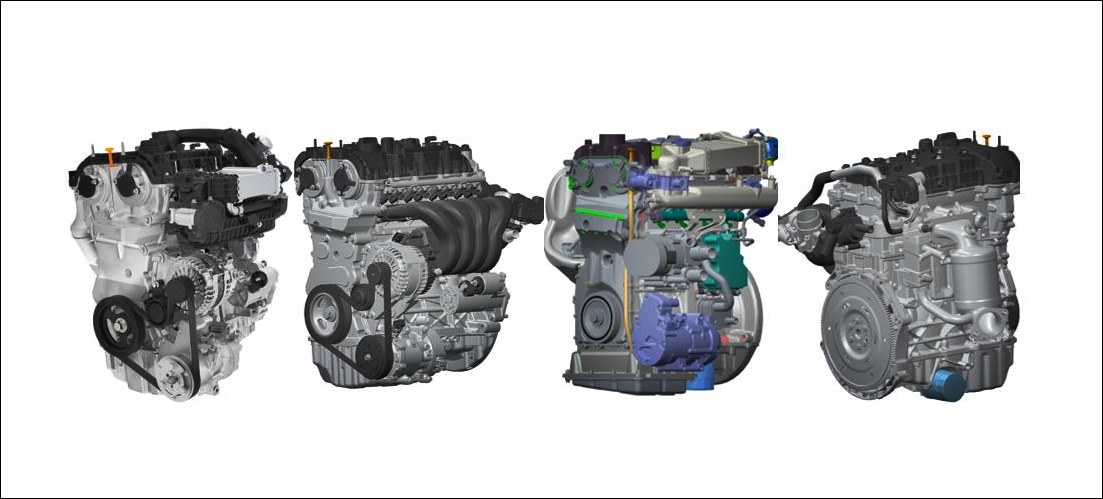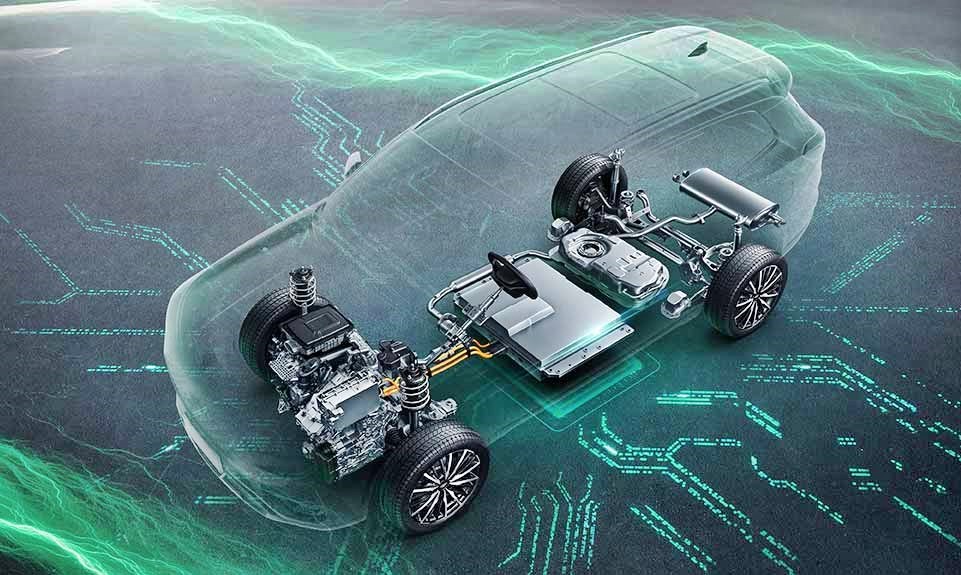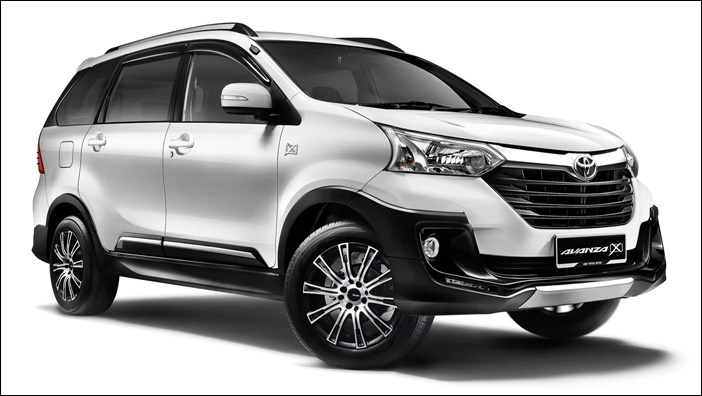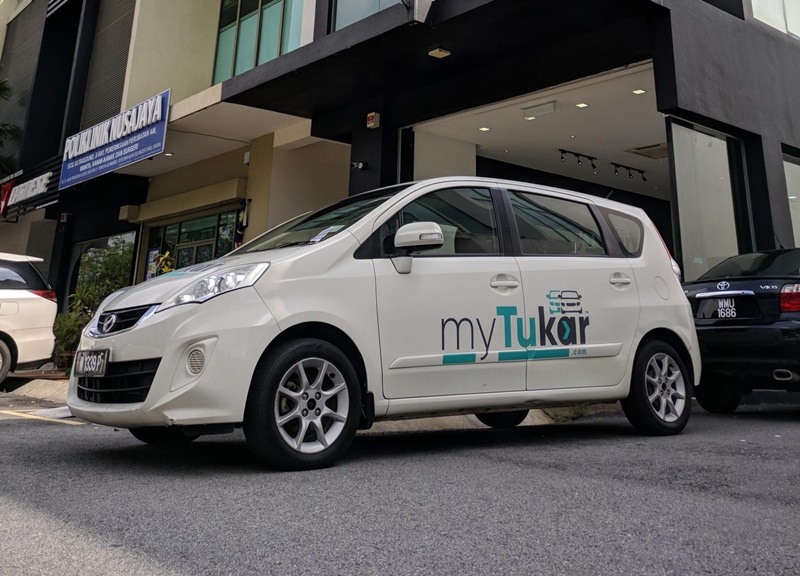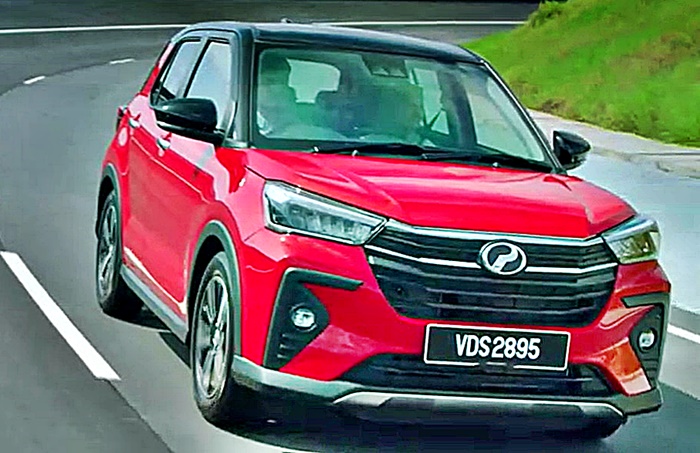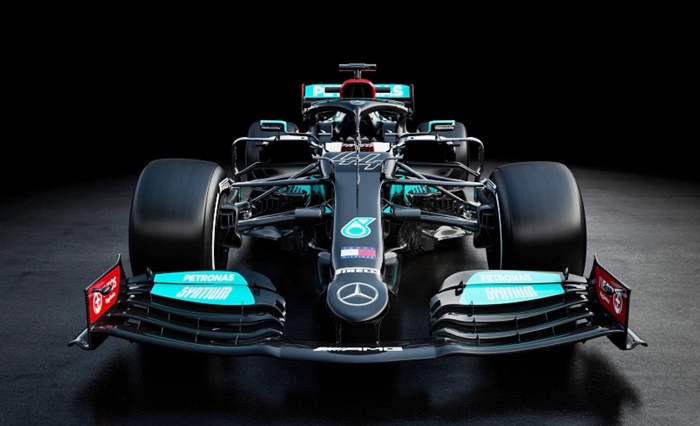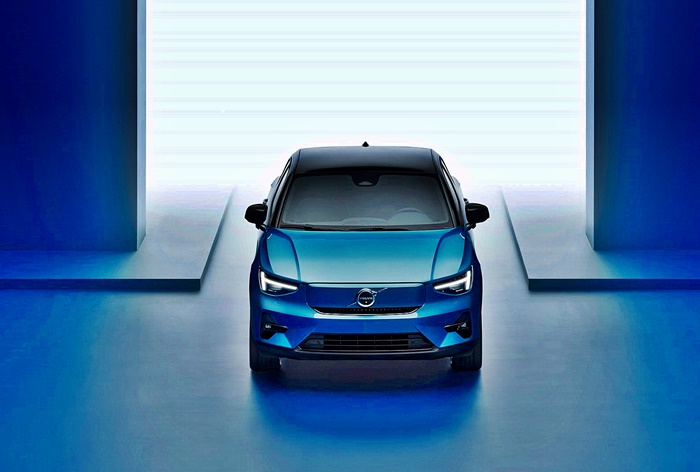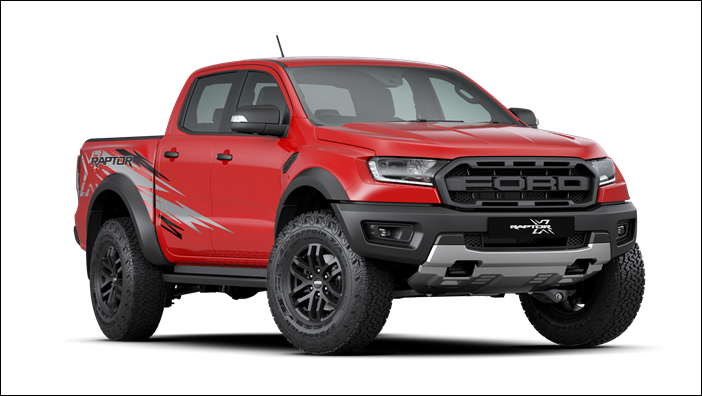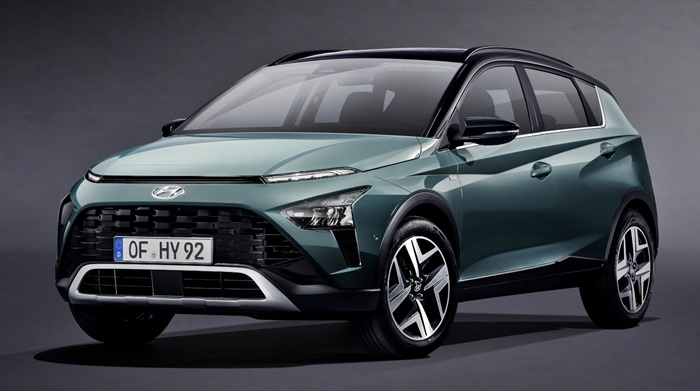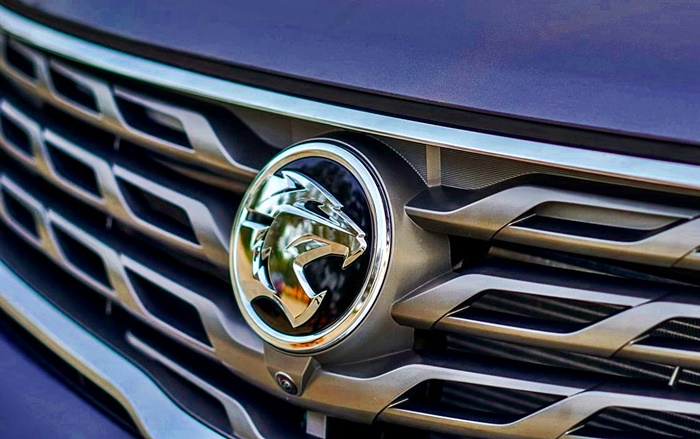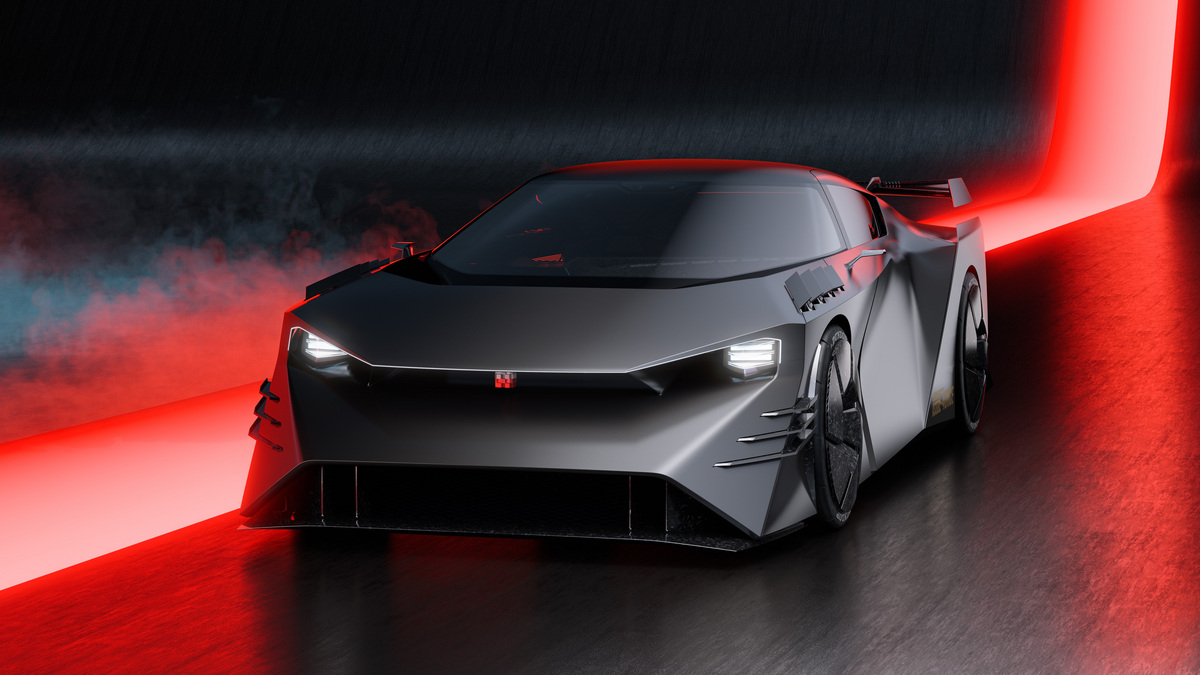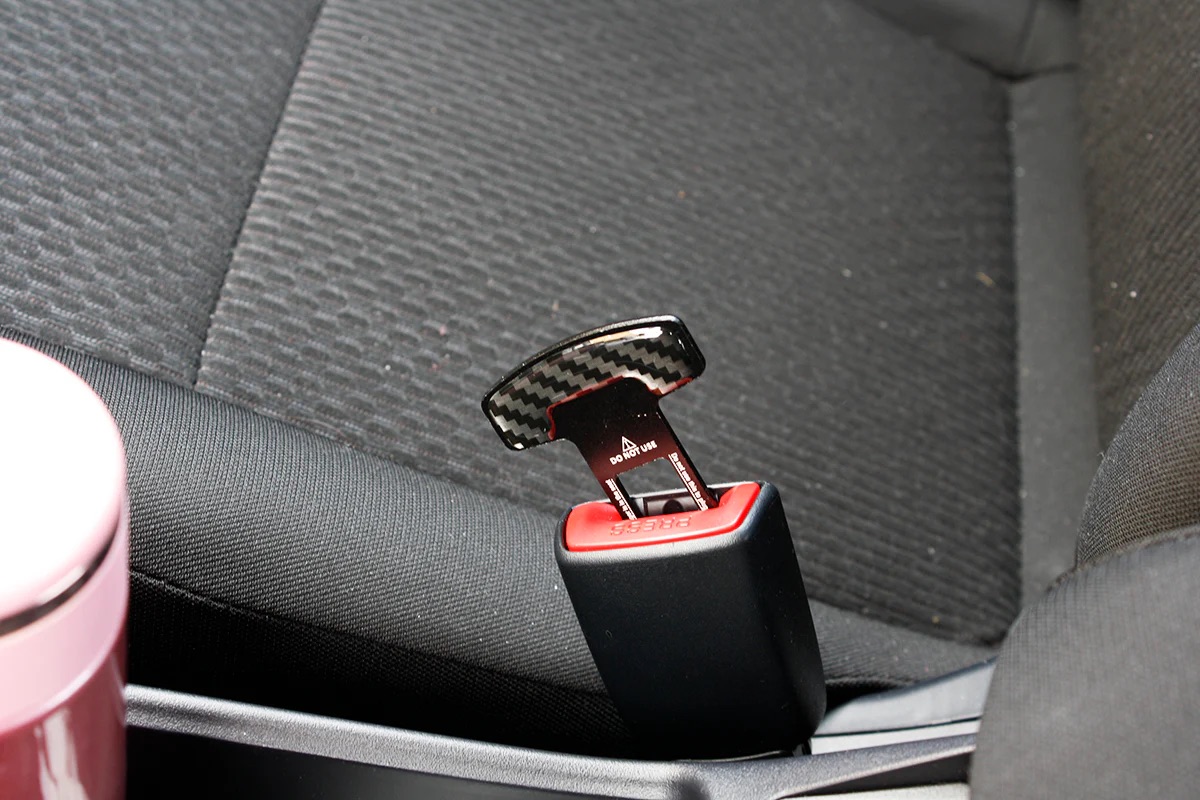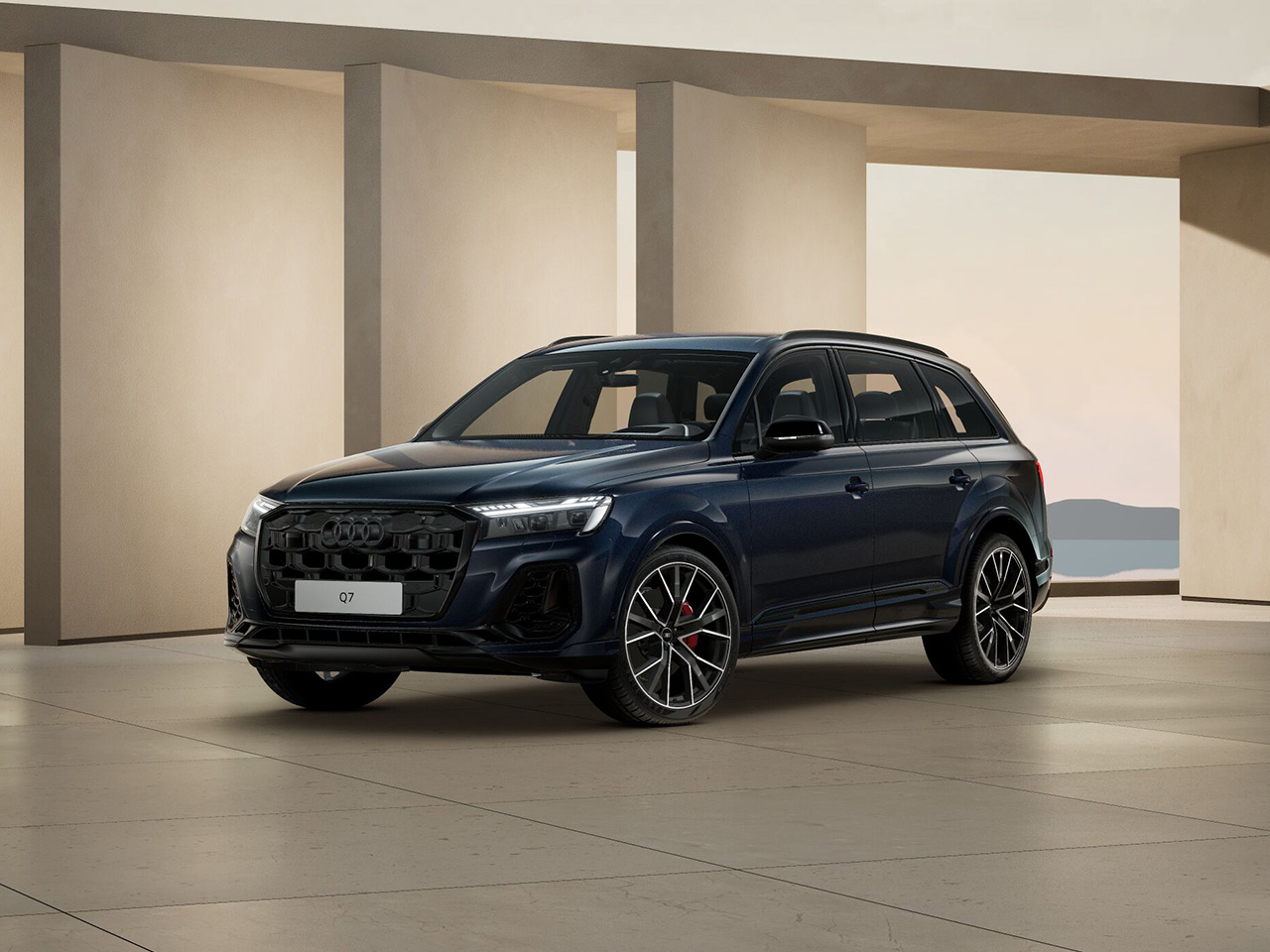In support of the moves to reduce air pollution and improve efficiency of powerplants, MAN Truck & Bus (M) Sdn Bhd (MAN Malaysia) introduced its new truck generation with low-emission engines that meet Euro 5 standards. These standards set very low levels of sulphur content (among others) which is not only better for the engine but also the air we breathe.
Its trucks are assembled at its own plant in Serendah, Selangor, and the first batch of the New MAN Truck Generation was recently handed over to the first operators in the country. These operators are six transport companies, of which two are first-time MAN Truck customers.
At the handover event of the seven trucks, MAN Malaysia Managing Director Andrew O’Brooks thanked the customers for joining the sustainability journey with MAN. “In November 2021, MAN became the first truck manufacturer in Malaysia to offer Euro 5 engines as standard across its entire product portfolio. It was a bold move as we were challenging Malaysian transporters to join the journey and take the lead in reducing carbon emissions.”
Mr. O’Brooks said the company was delighted that the Malaysian transport companies took up the challenge, with overwhelming market response. “This clearly demonstrates that transporters in Malaysia are more than willing to do their part as the nation aims for carbon neutral status by 2050. They know that with our New MAN Truck Generation, they can attain both profitability and sustainability,” he said.
The six companies to use the new trucks are LTS Distribution (M) Sdn Bhd, Sim Aik Chan Trading Sdn Bhd, Sea Hawk Global Lines Sdn Bhd, Timur Permai Haulage Sdn Bhd, Rani Transport Sdn Bhd and Globonus Sdn Bhd.
The models available have varied specification to suit different transport requirements. There are 5 variants which can be used for three main applications: 4×2 and 6×2 for haulage/container; 6×4 for construction and heavy-duty use; and 4×2 and 6×2 with ADR (Agreement Concerning the International Carriage of Dangerous Goods by Road) specifications.
Customers can choose from 2 engine options. The 4×2 and 6×2 variants for haulage and transport of dangerous goods are powered by the proven and reliable MAN D20, 10.5-litre, 6-cylinder inline Euro 5 diesel engine. The heavy duty-oriented 6×4 variant has the bigger but equally efficient 12.4-litre D26 engine. Both engines are coupled to a smooth and quiet 12-speed MAN TipMatic intelligent gearbox with advanced software and selectable driving programmes for different applications.
Meeting the Euro 5 emission standard means significantly lower emissions of toxic nitrogen oxide (NOx) gases. This is achieved through the use of low sulphur Euro 5 diesel and AdBlue exhaust treatment. Euro 5 diesel, available in B7 and B10 grades, has been available in the Malaysian market since 2014, with BHPetrol having been the first company to offer it.
Newly developed consumption-reducing driveline and software components also ensure a new level of efficiency to deliver improved fuel economy and lower carbon dioxide emissions. The improved aerodynamics of the new vehicle design also play their part in this reduction.
According to Mr. O’Brooks, the New MAN Truck Generation was a transformational product that marked the evolution of MAN Truck & Bus from a vehicle manufacturer to provider of intelligent and sustainable transport solutions. “It is the most ambitious project by MAN Truck & Bus in 20 years. It is the answer that our customers expect us to provide in face of increasingly diverse and complex challenges confronting the transportation industry all over the world, including here in Malaysia,” he said.





